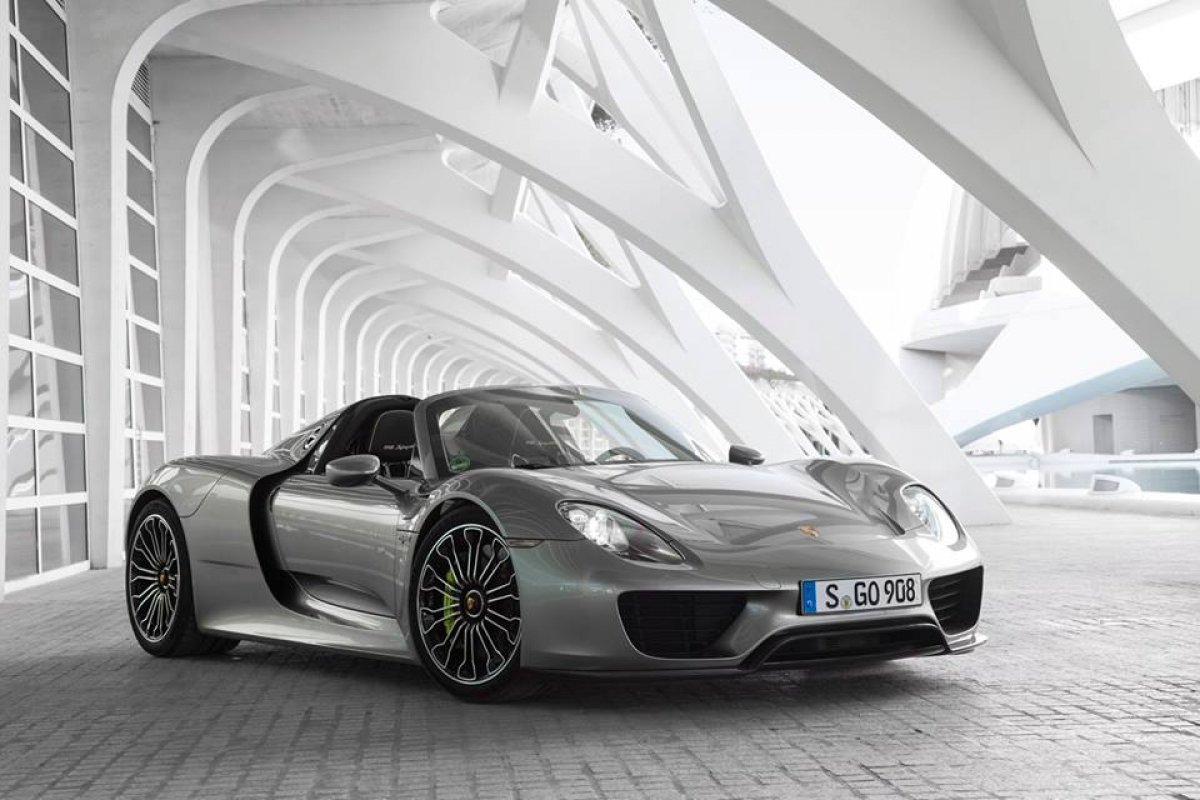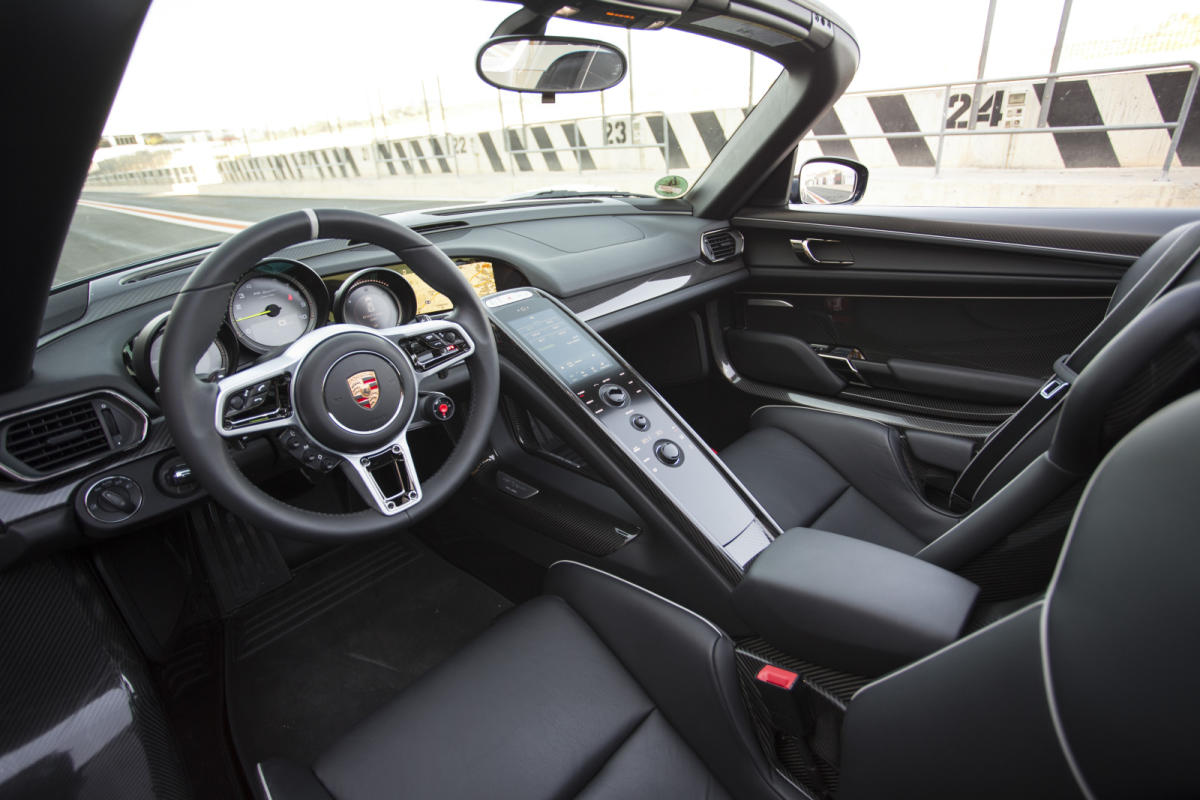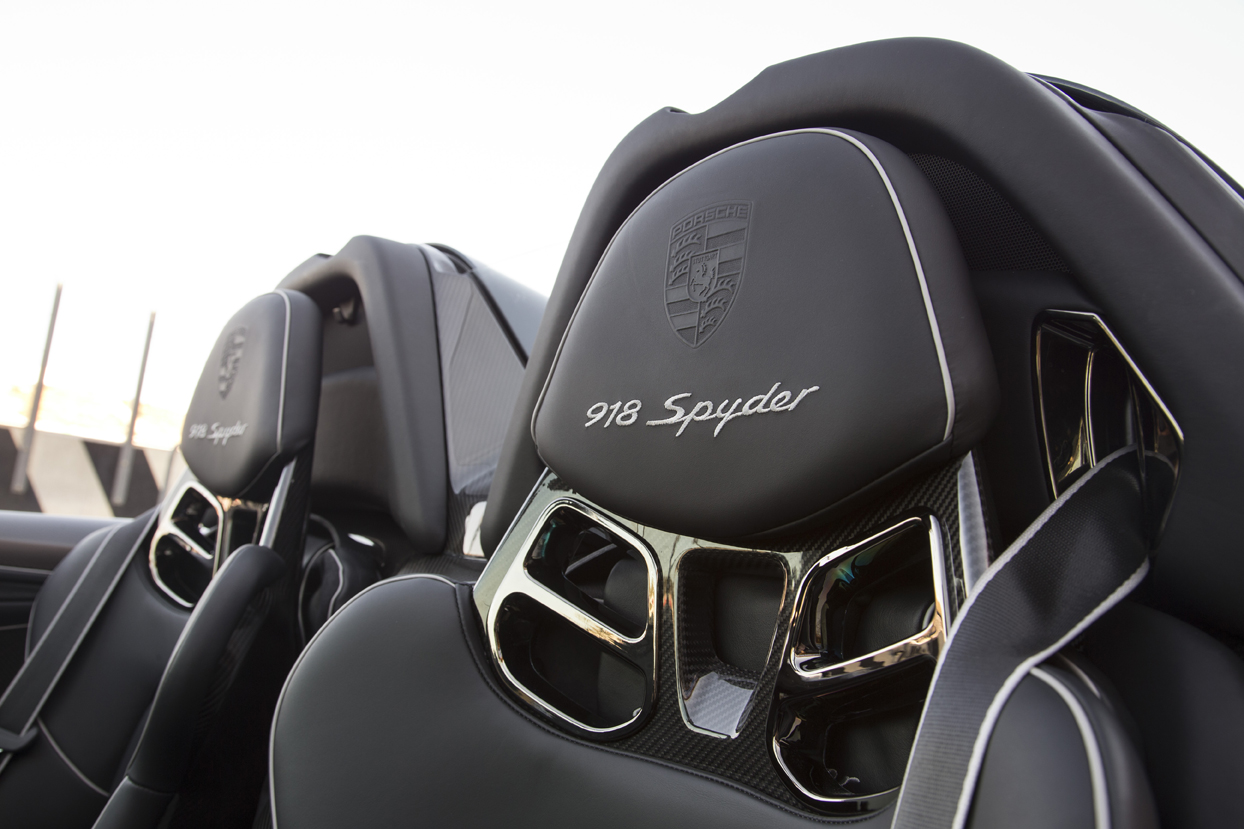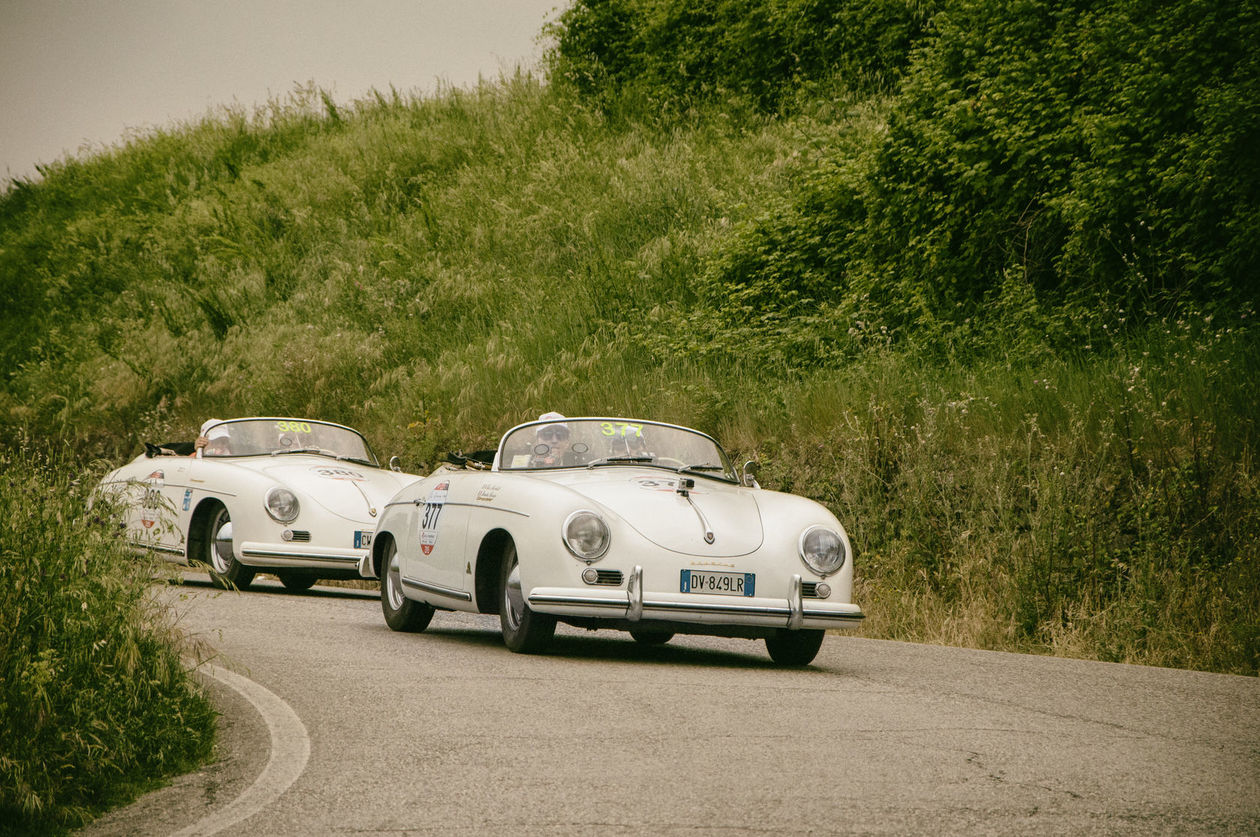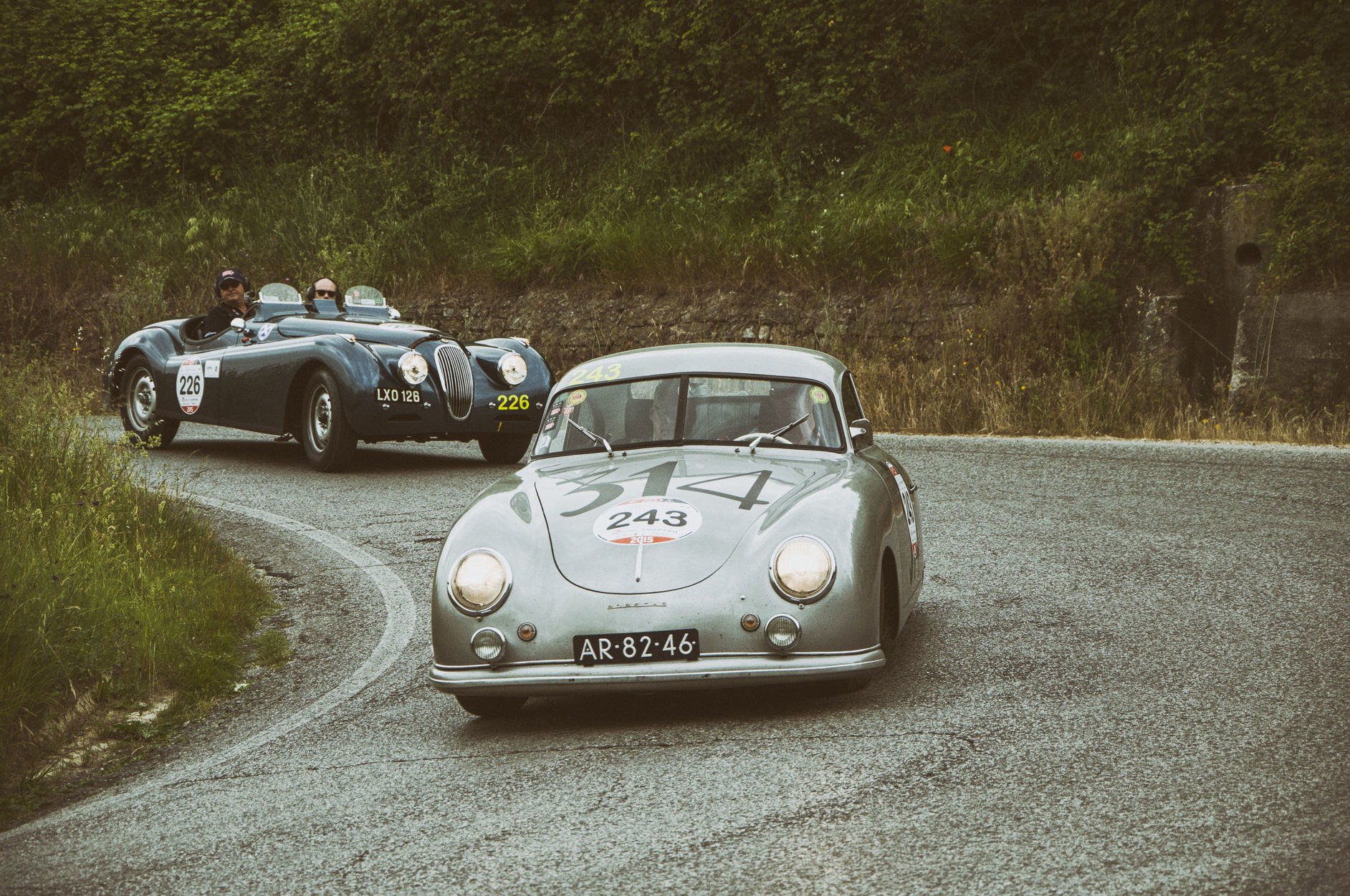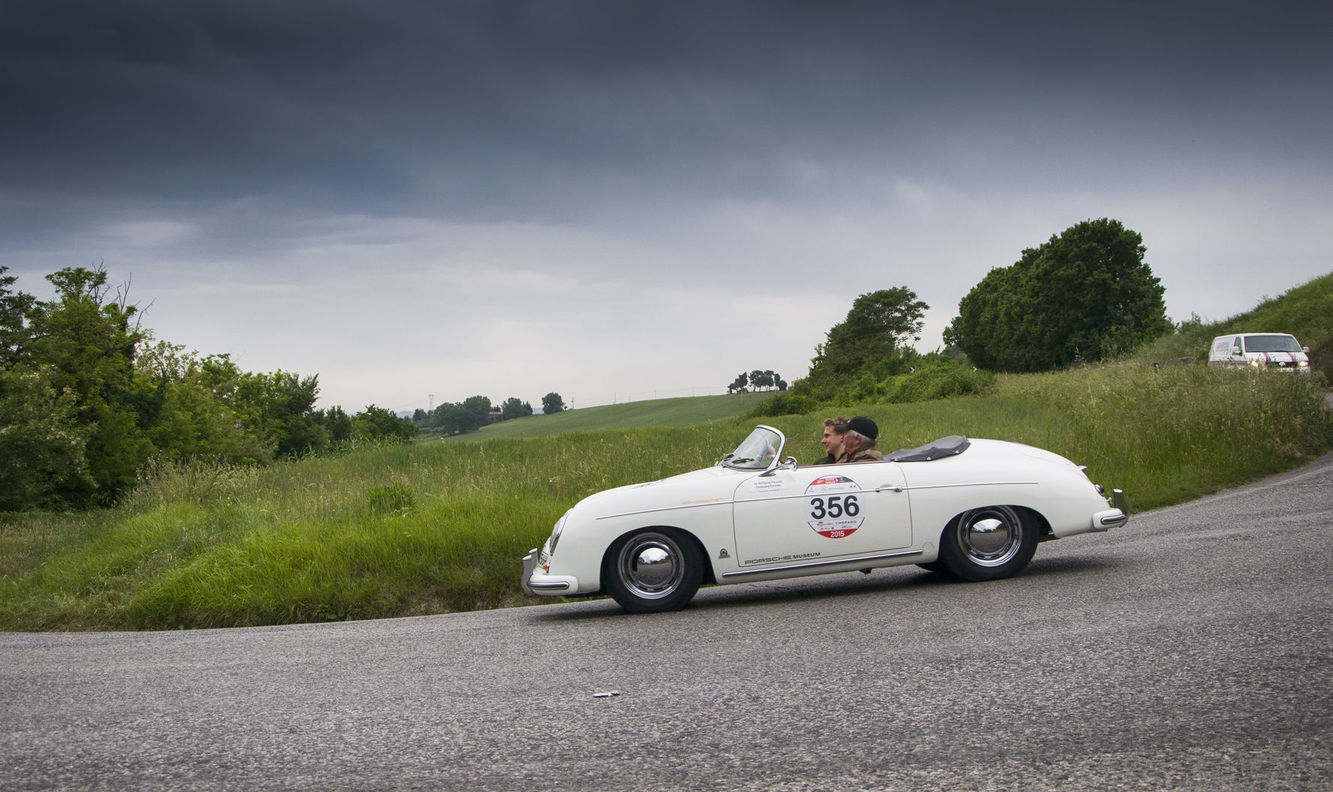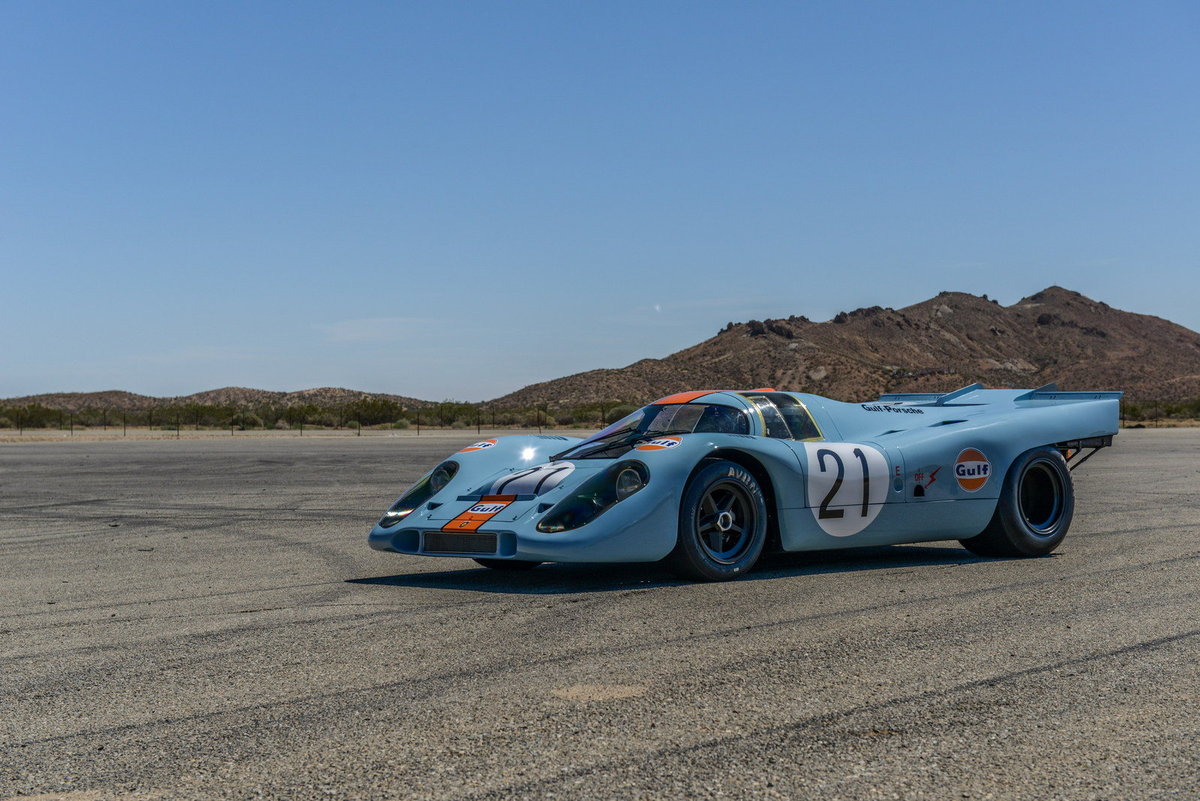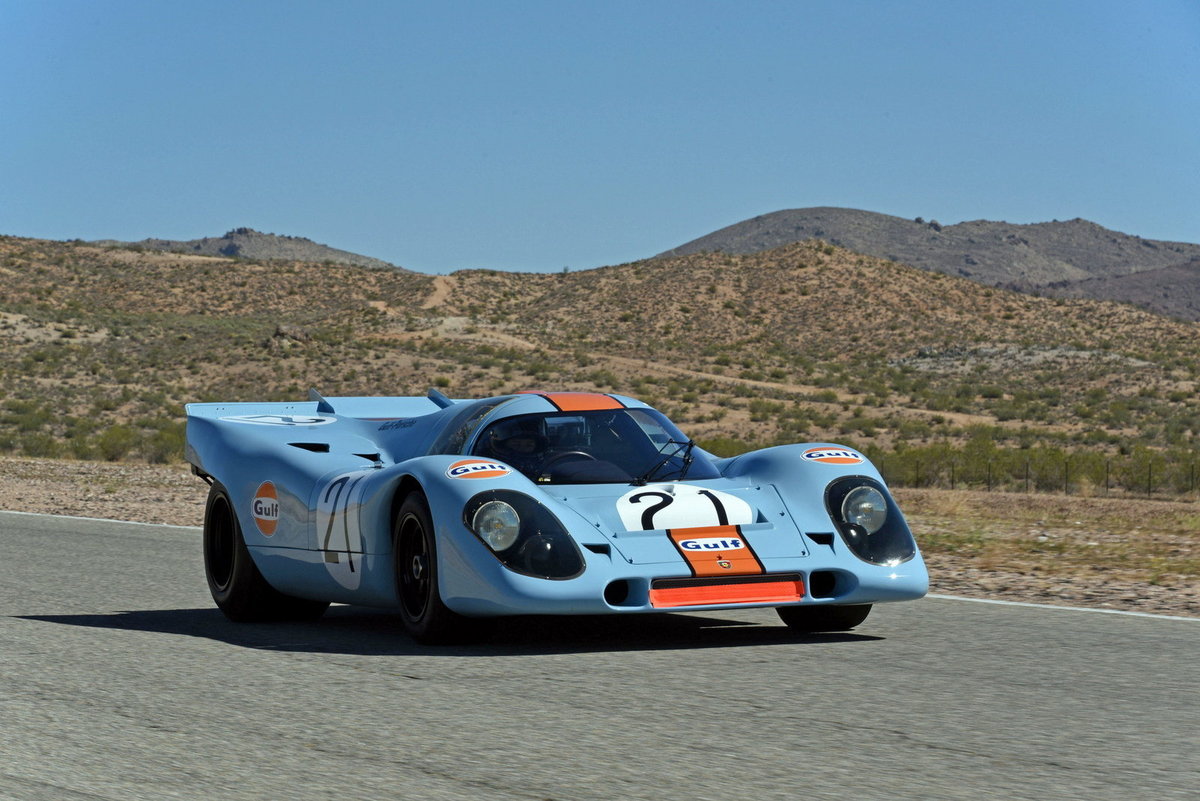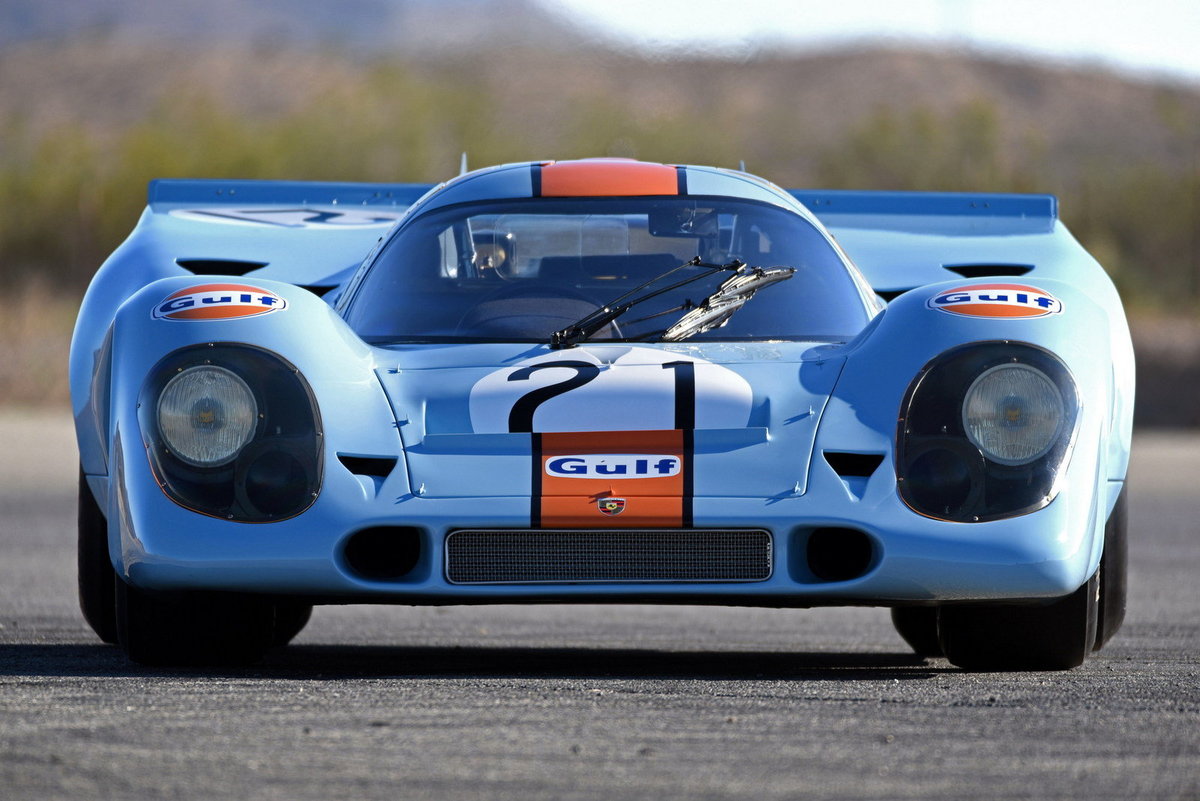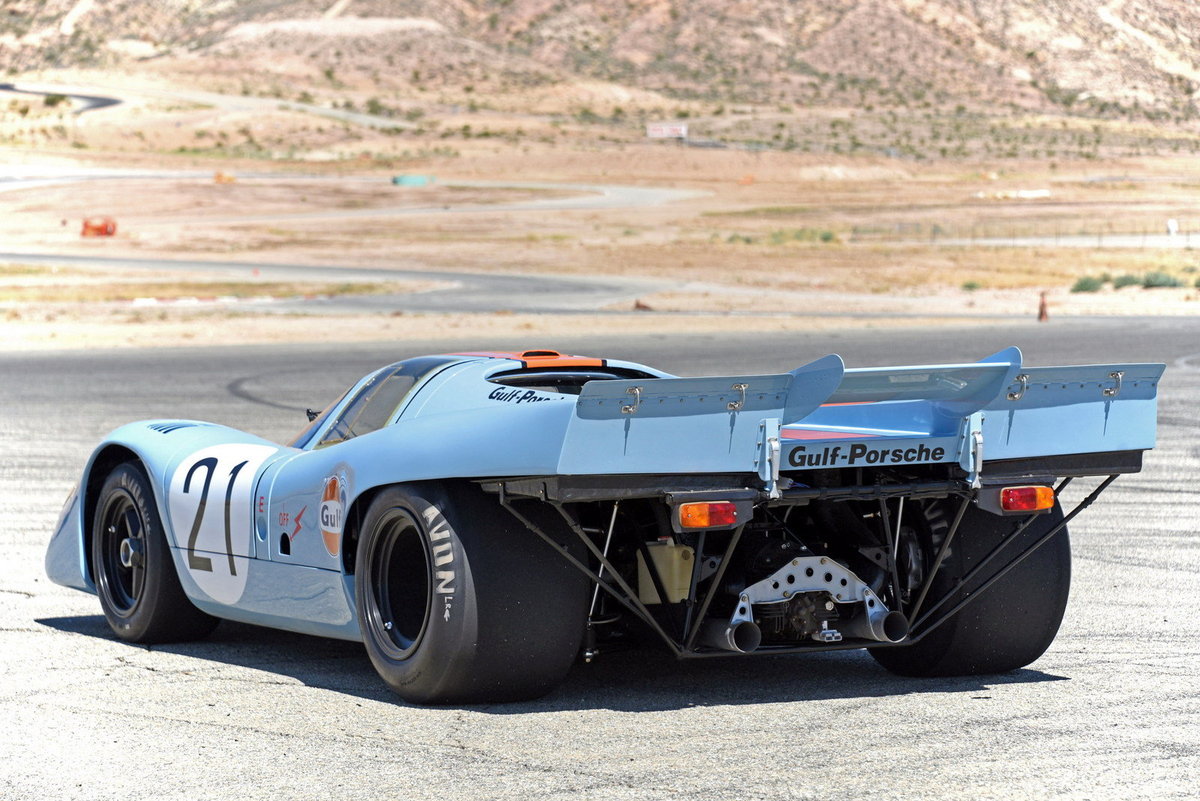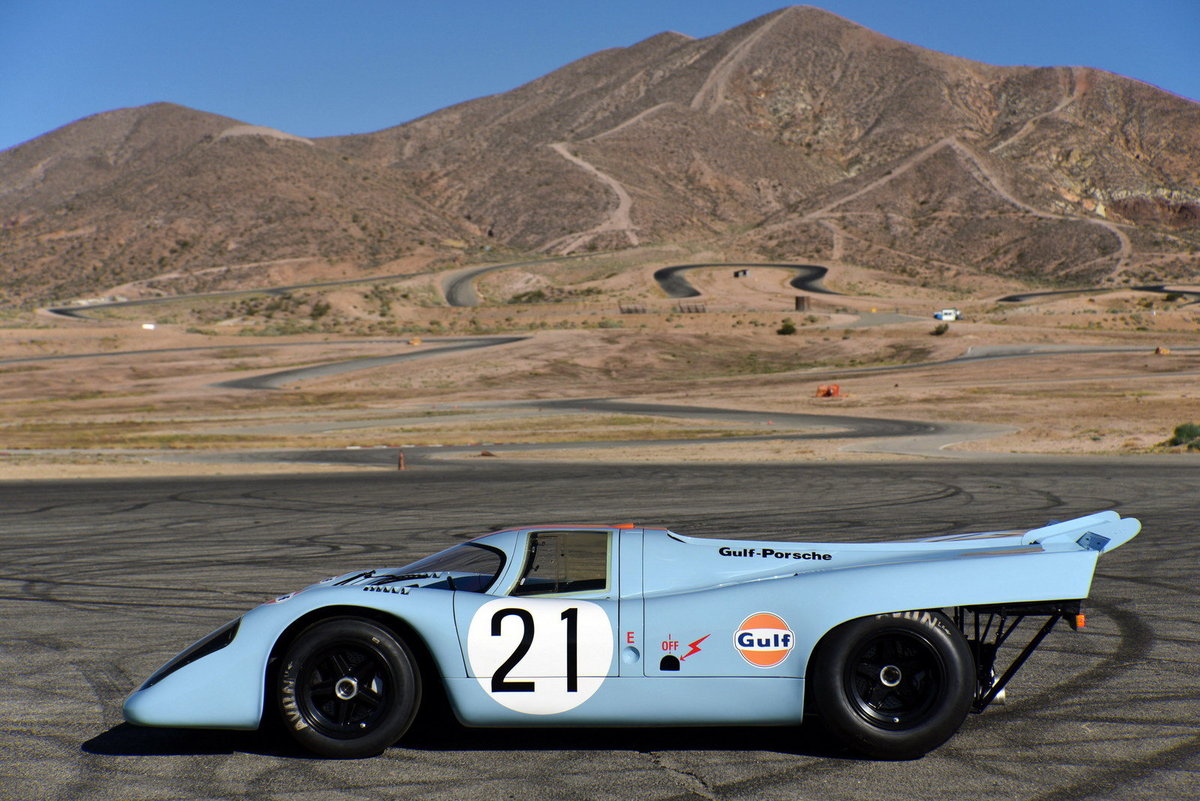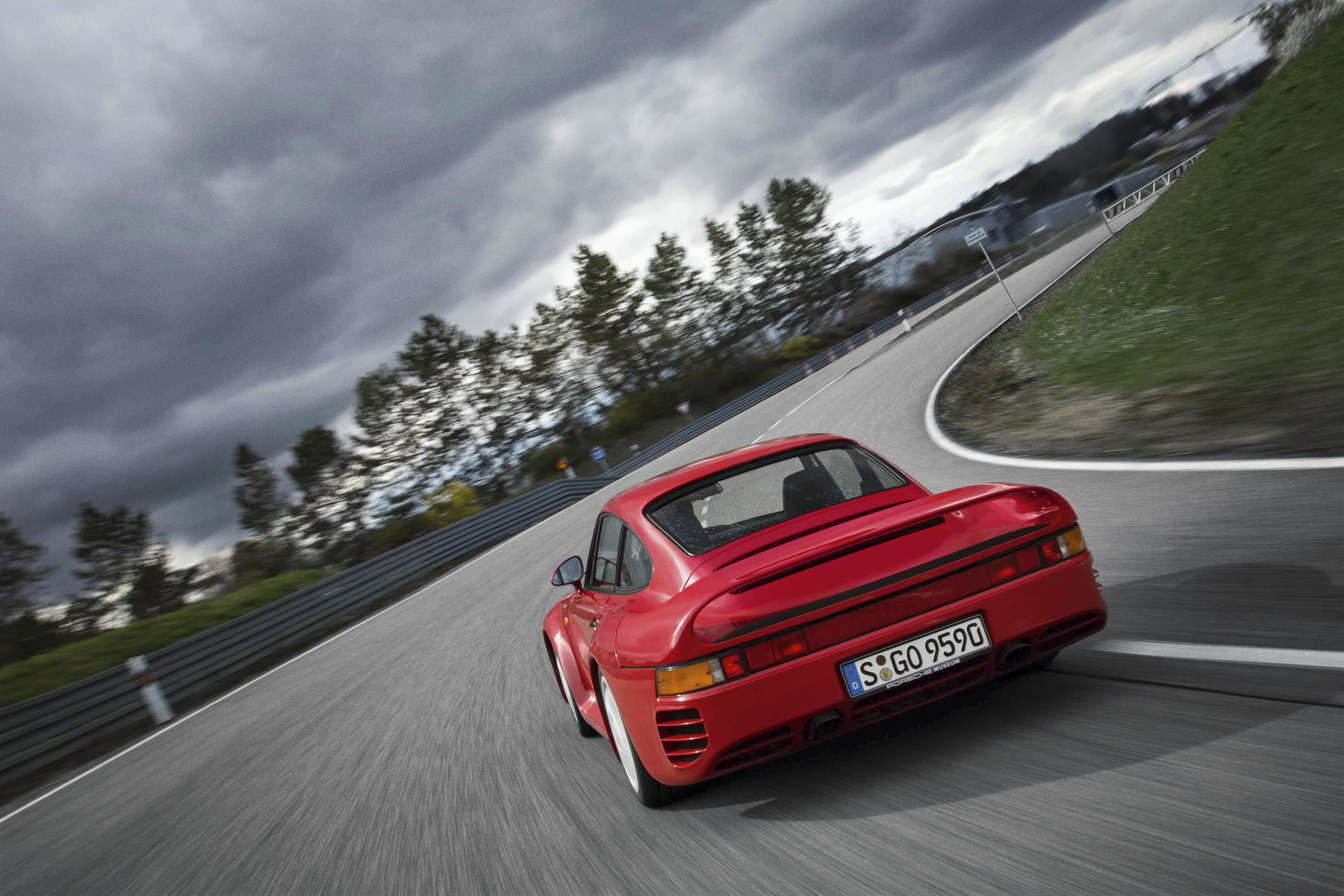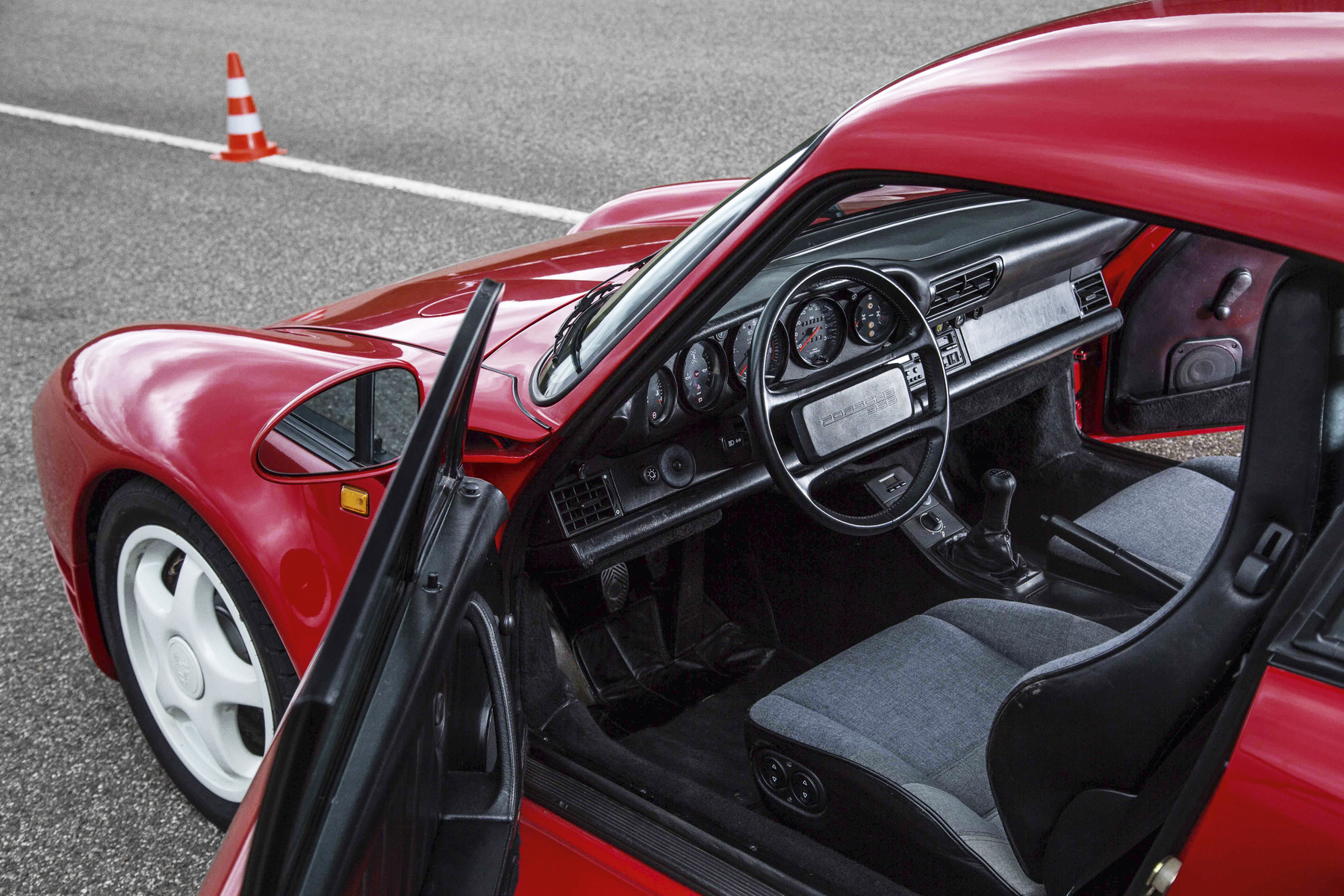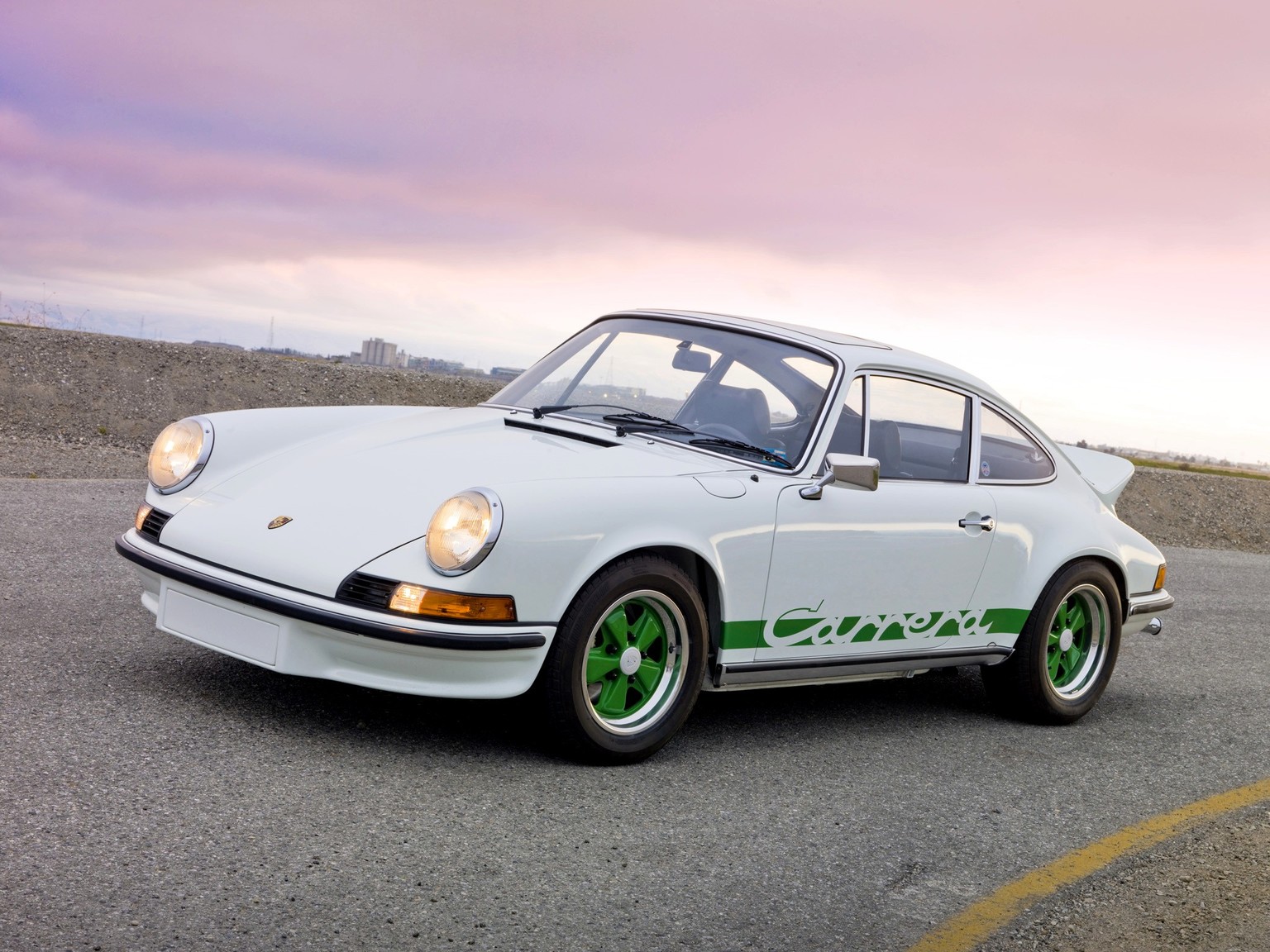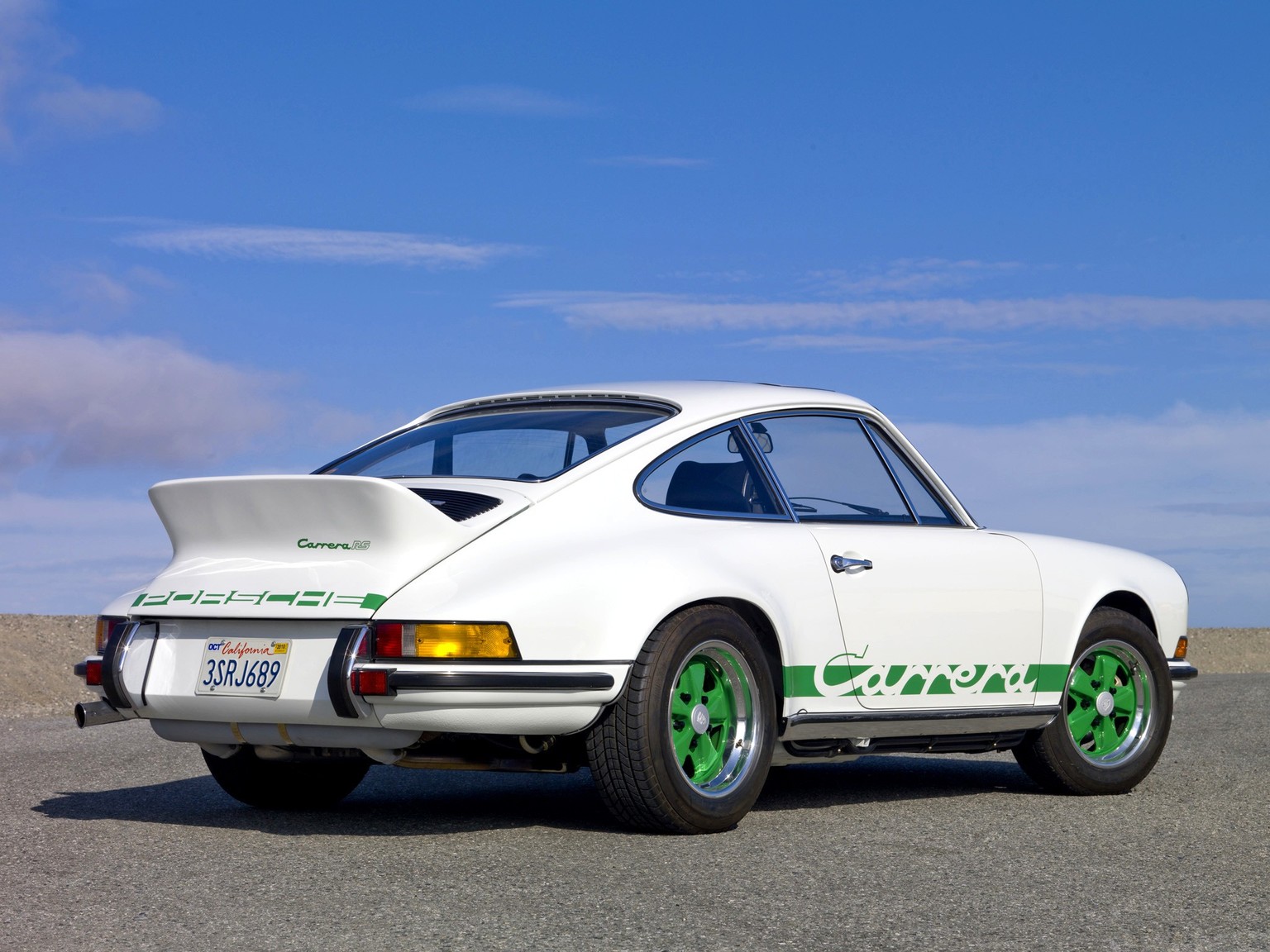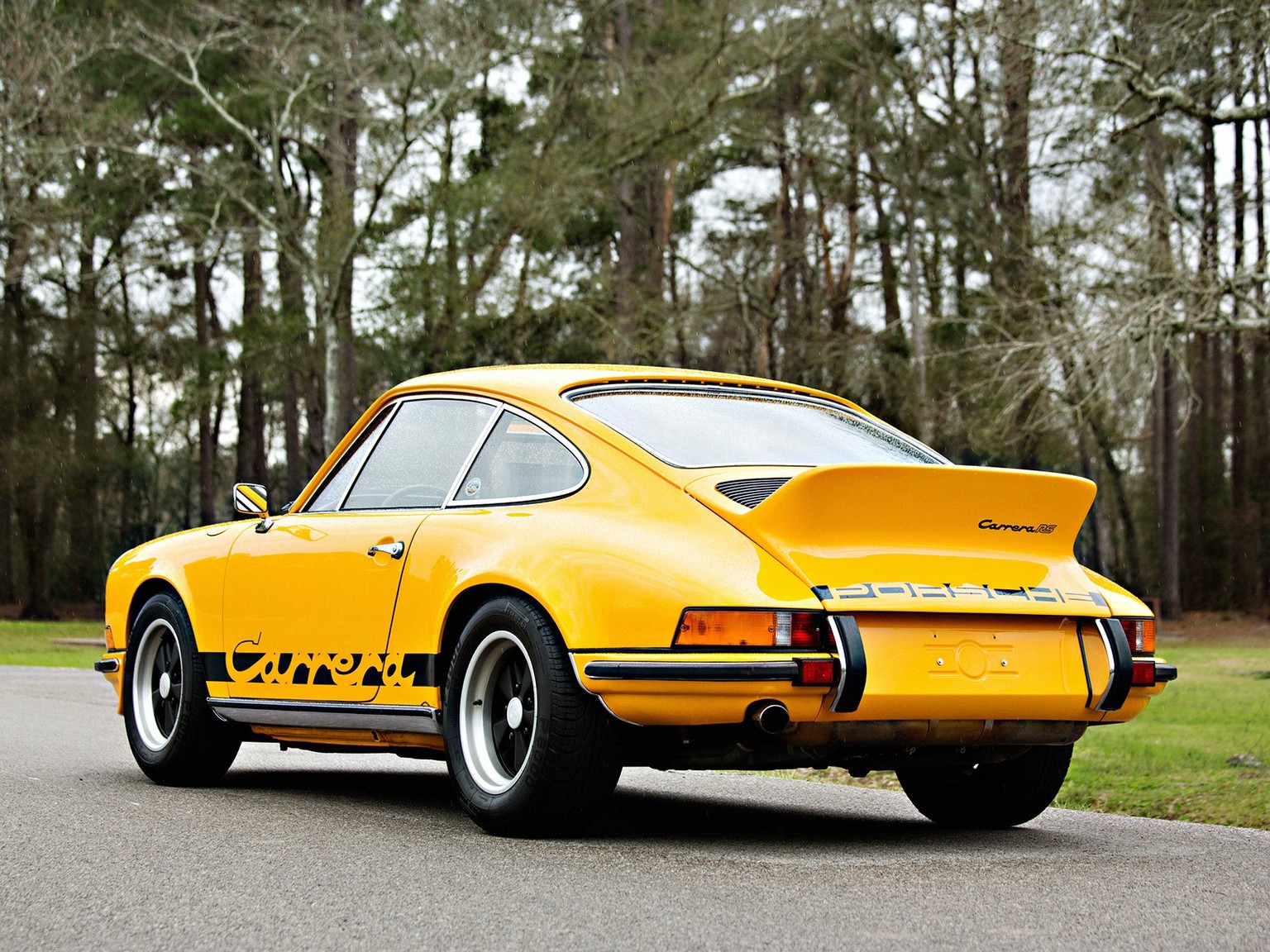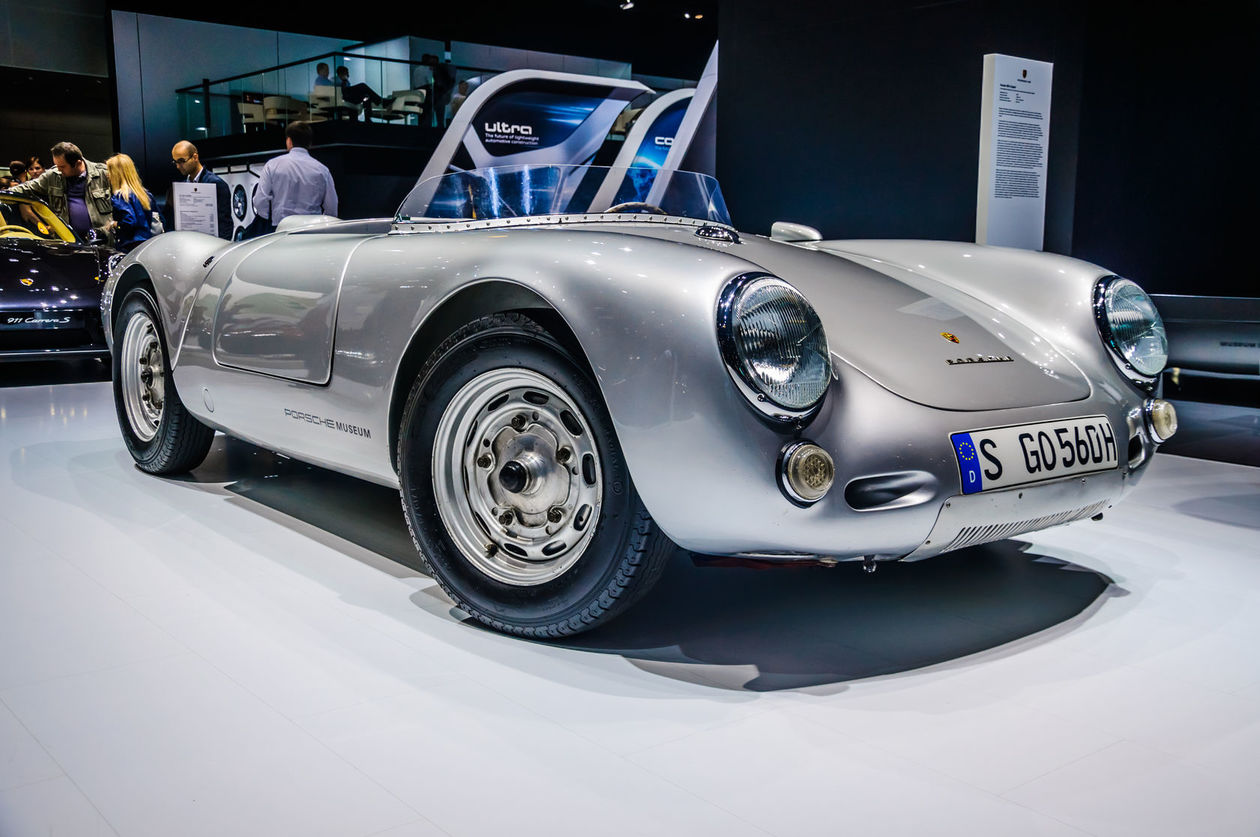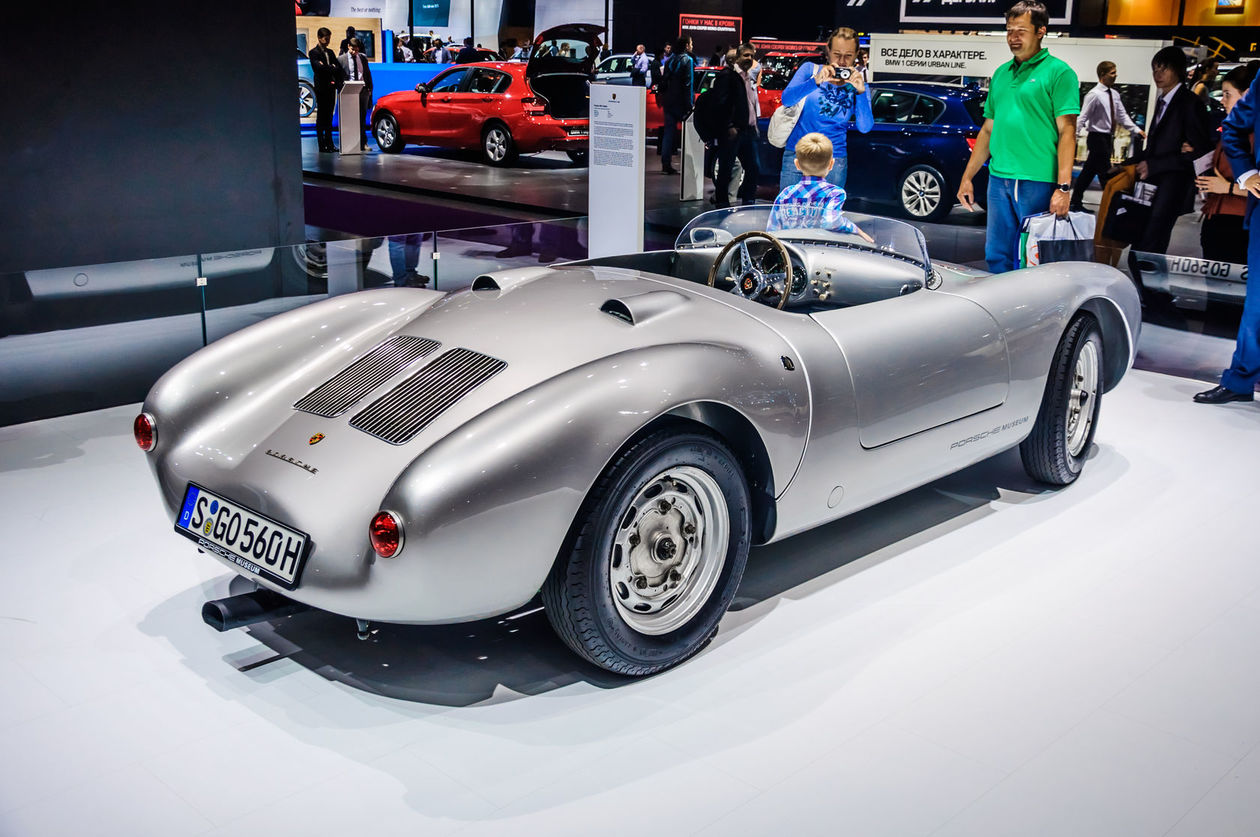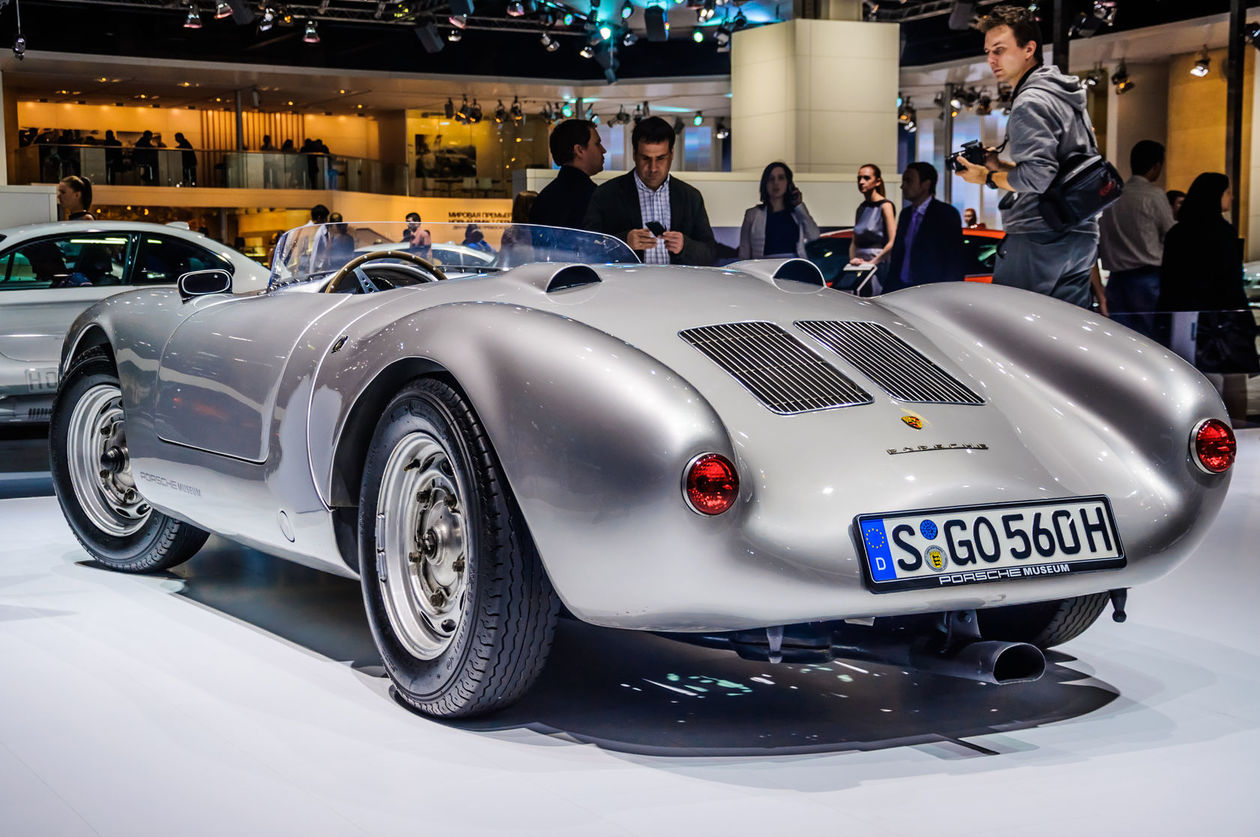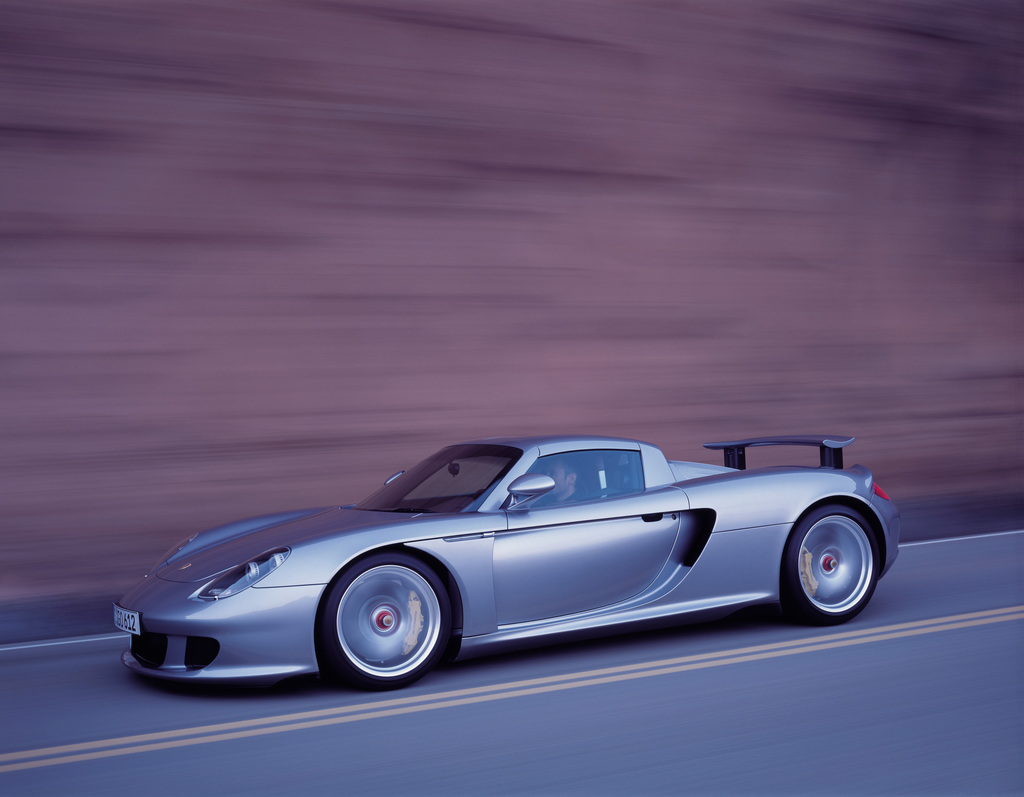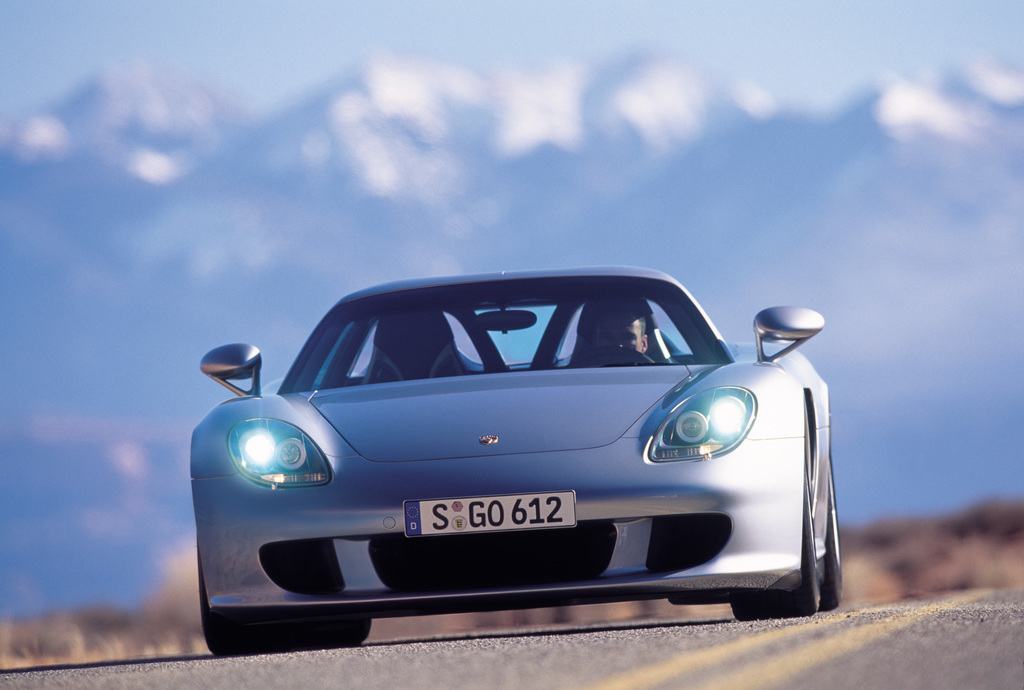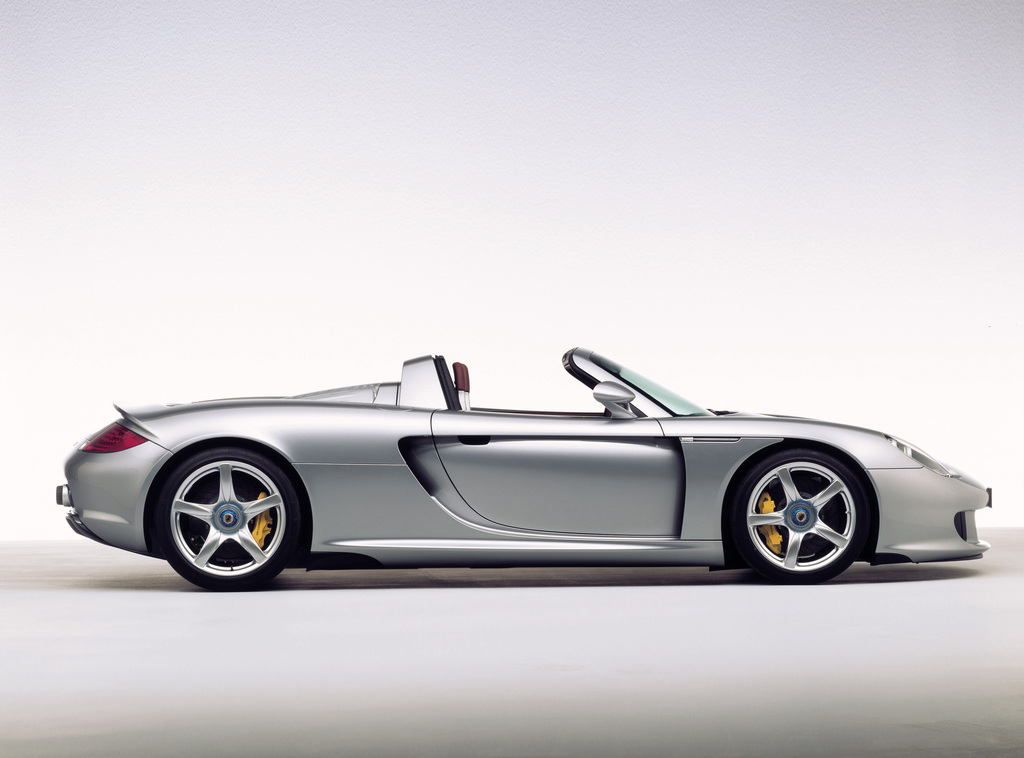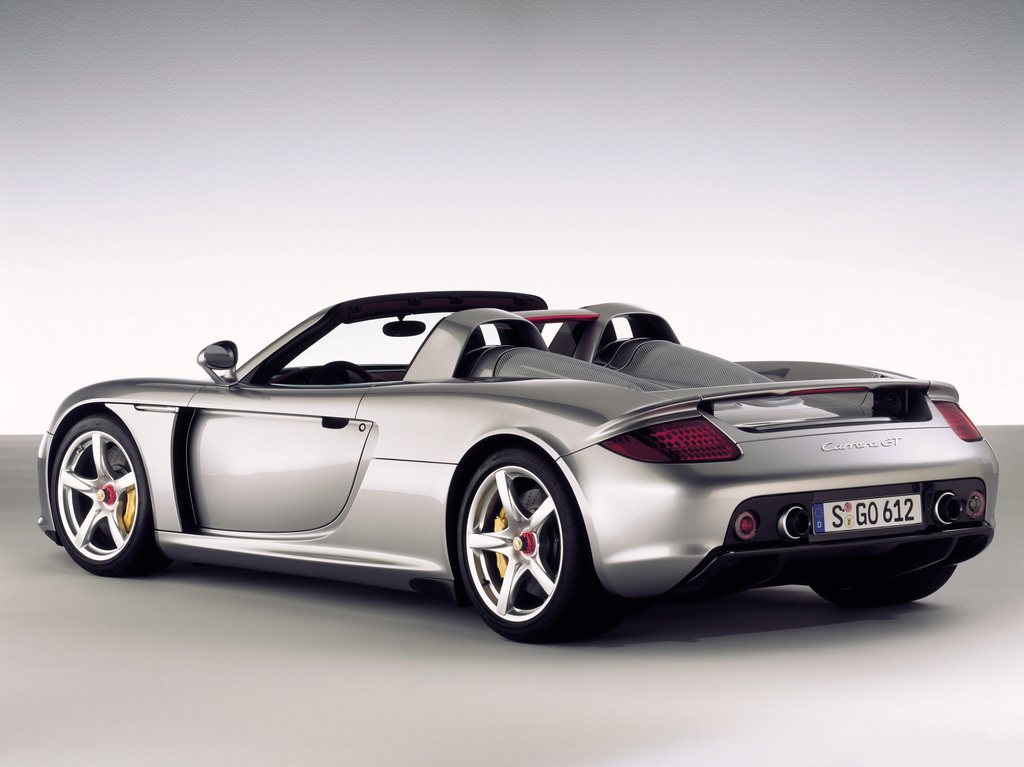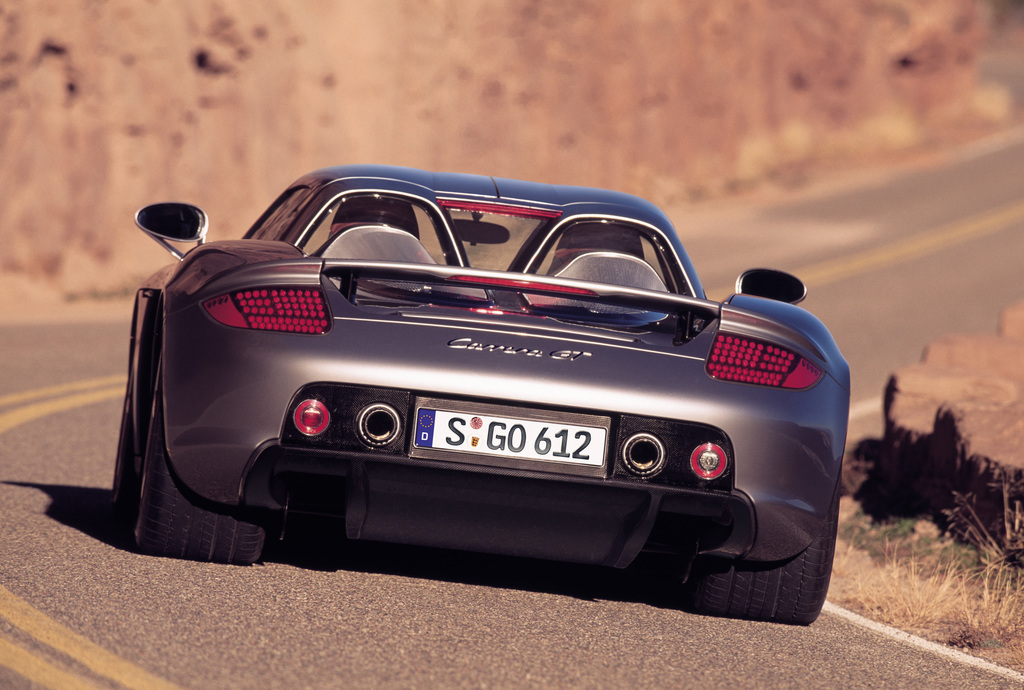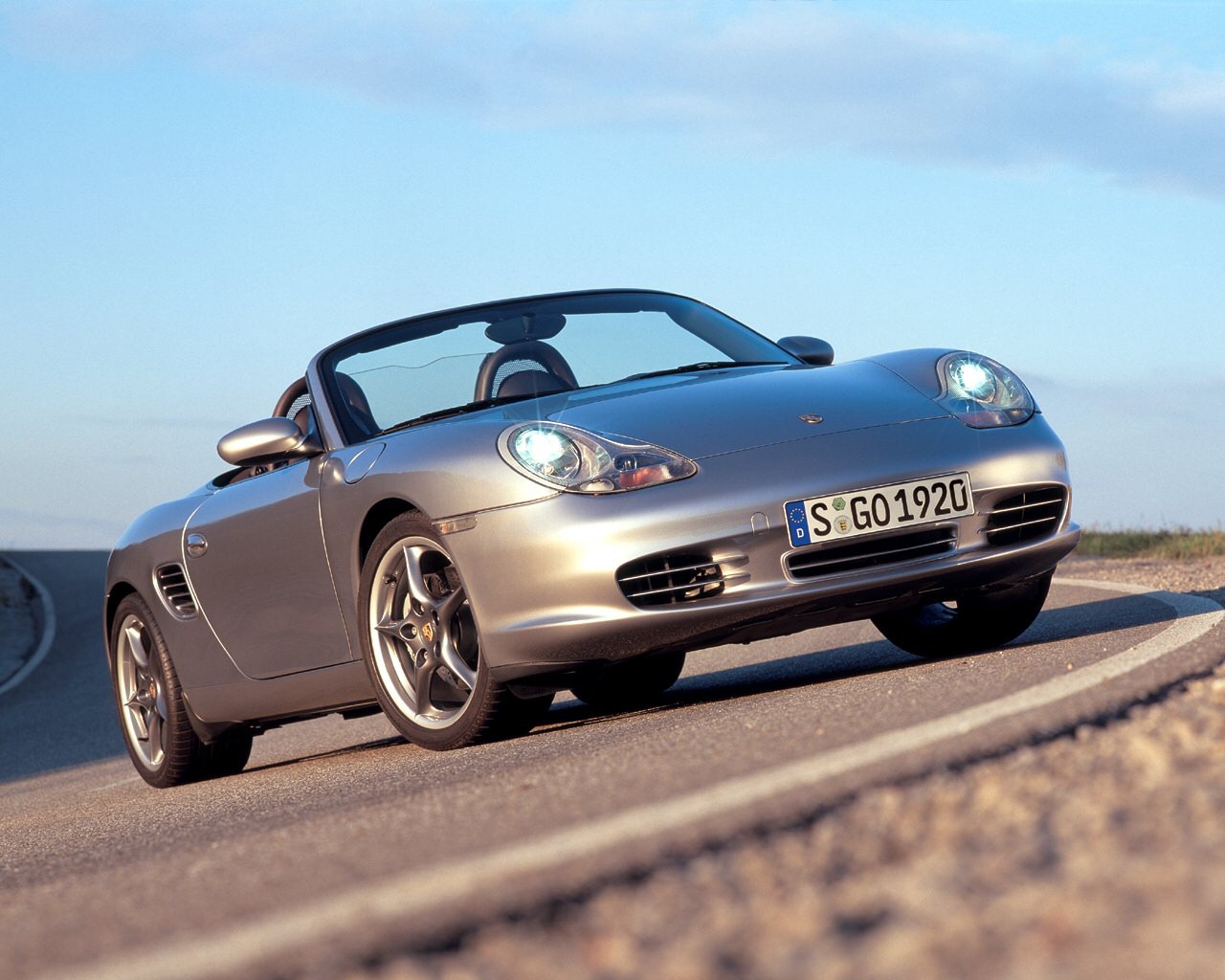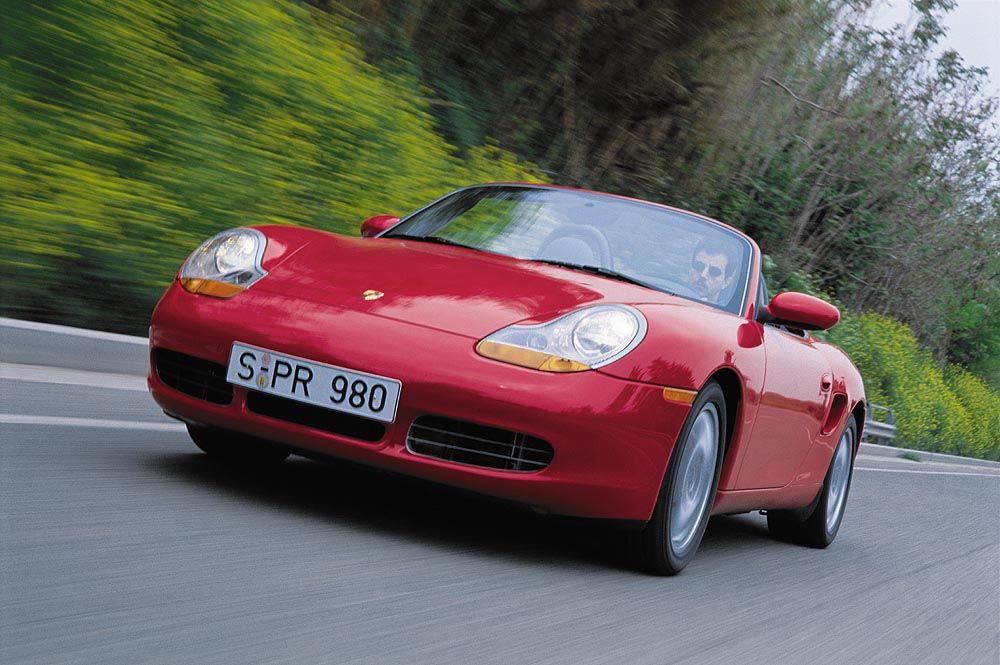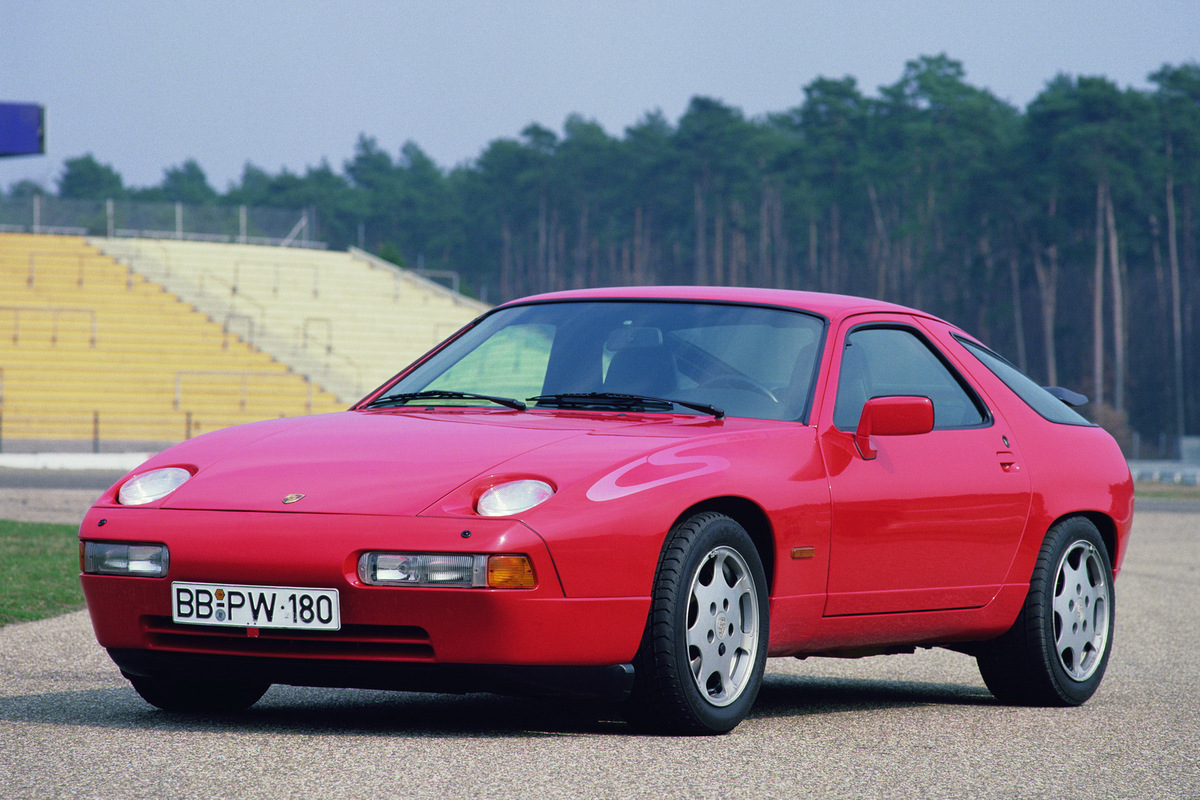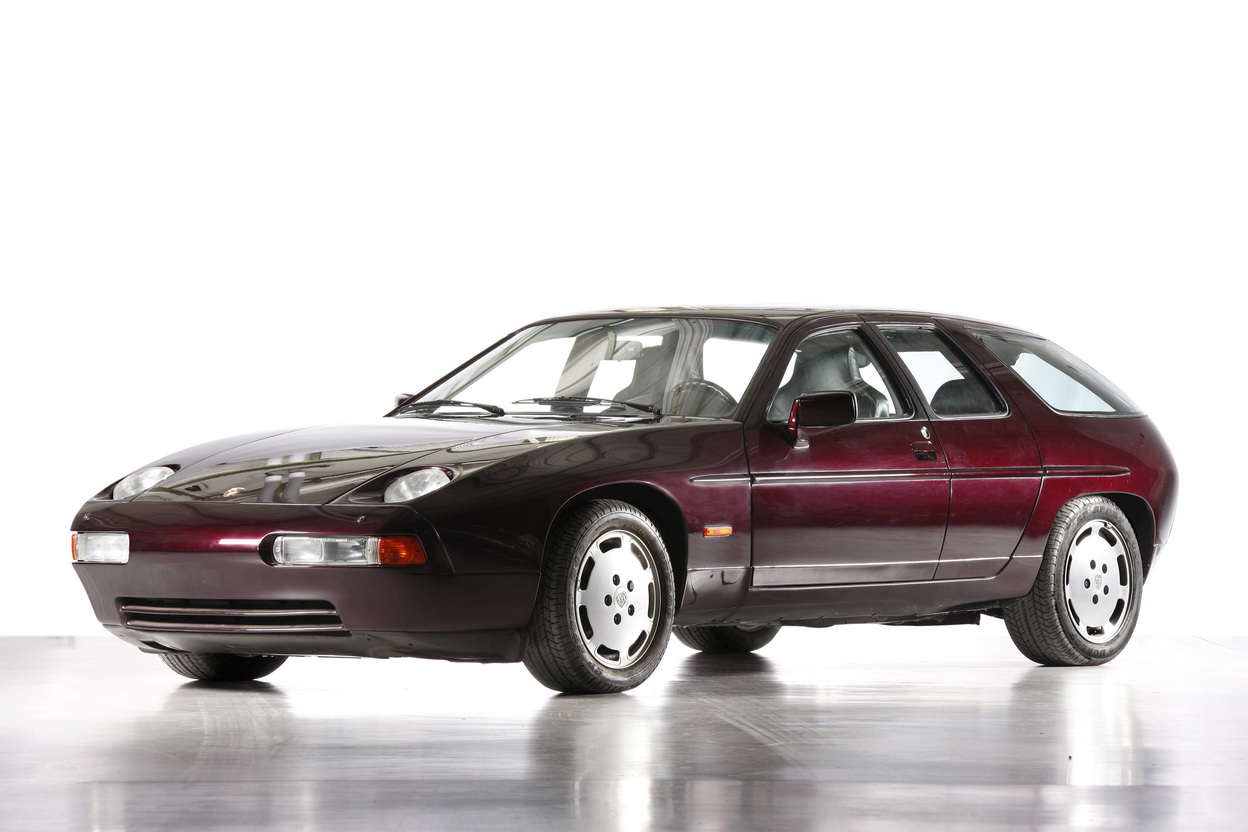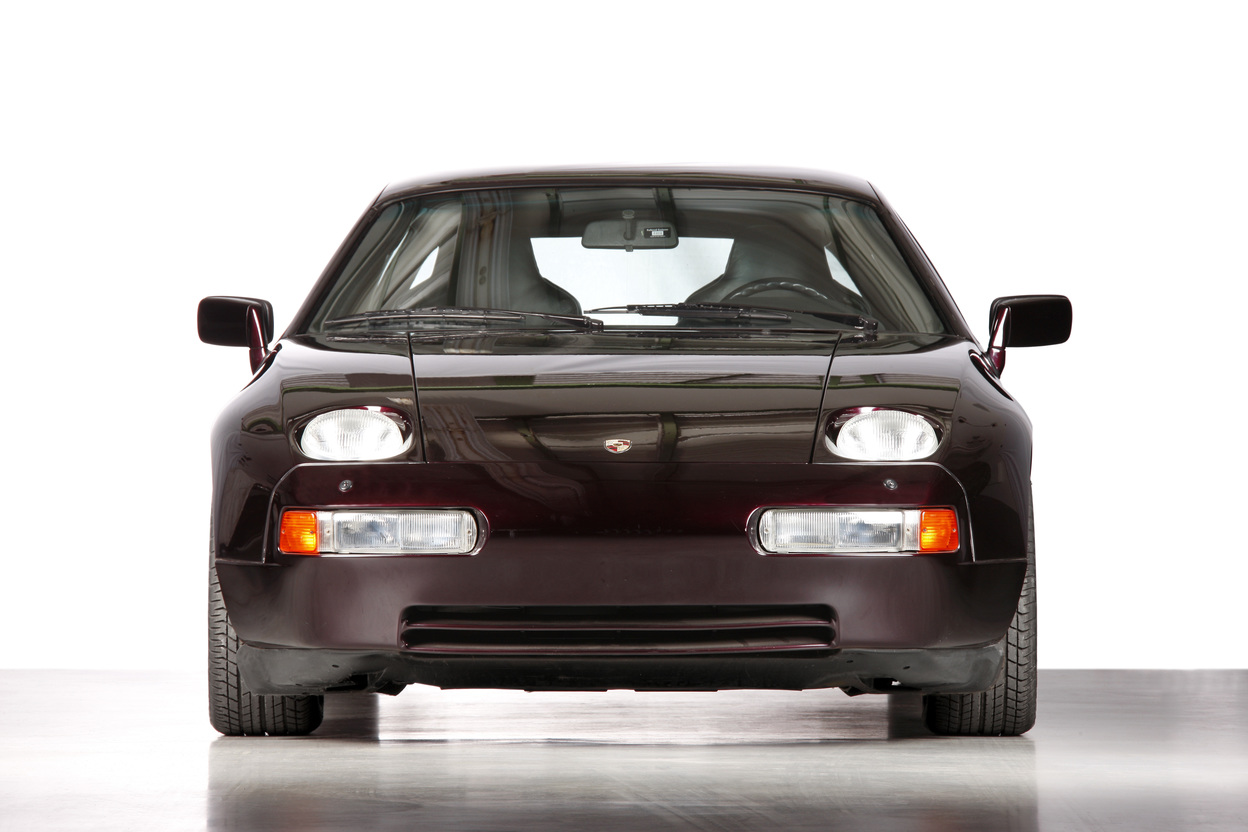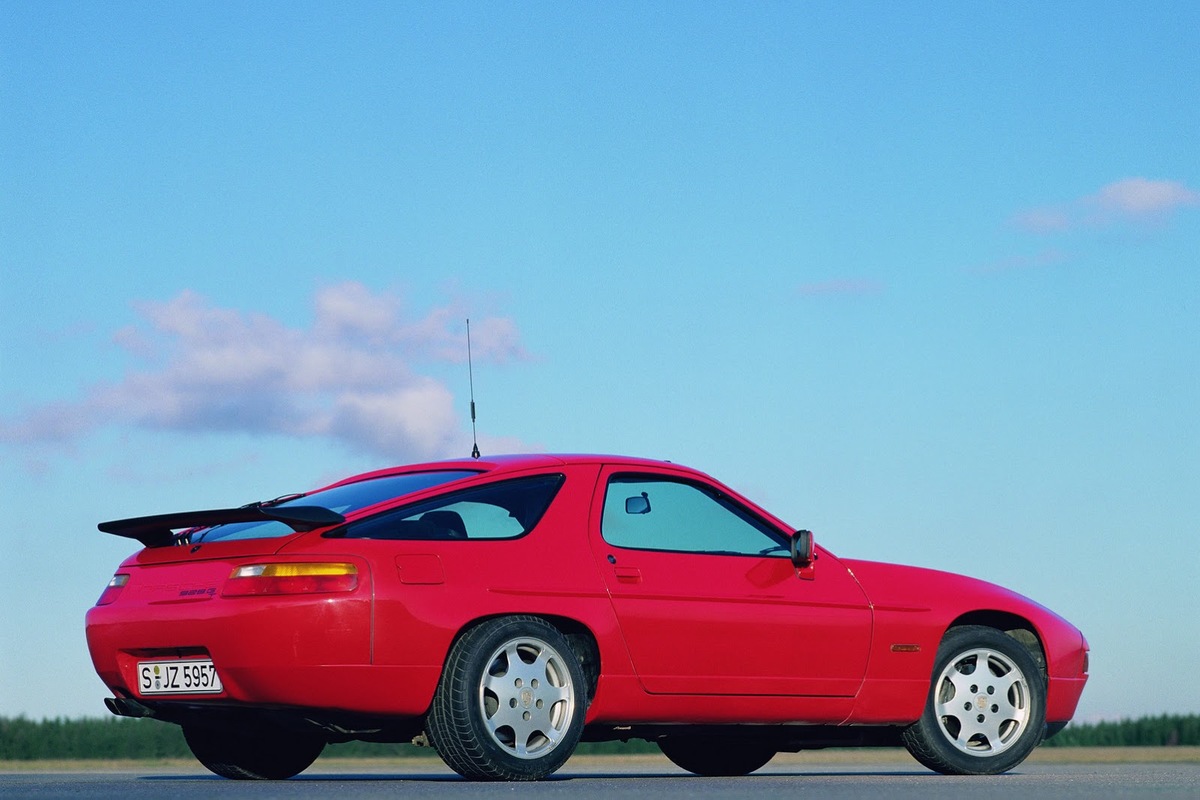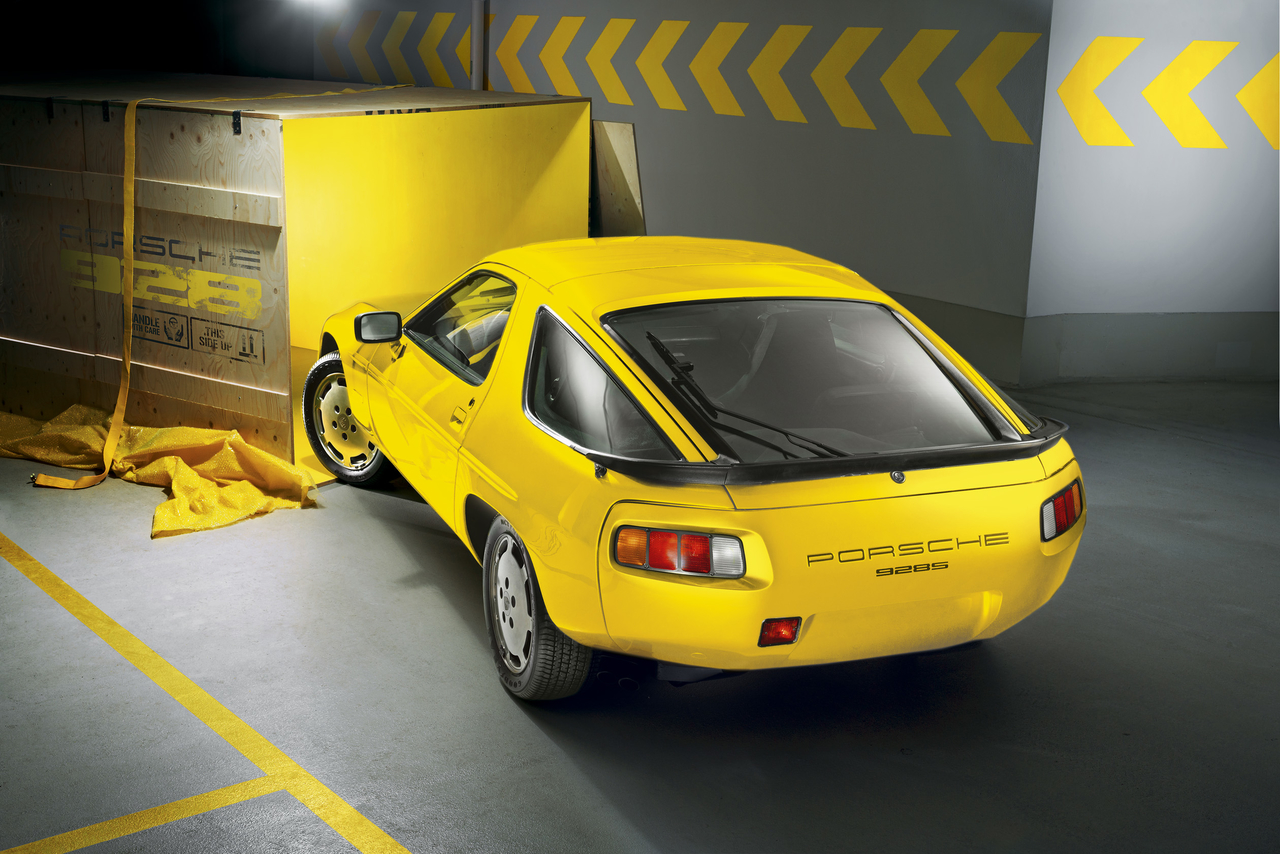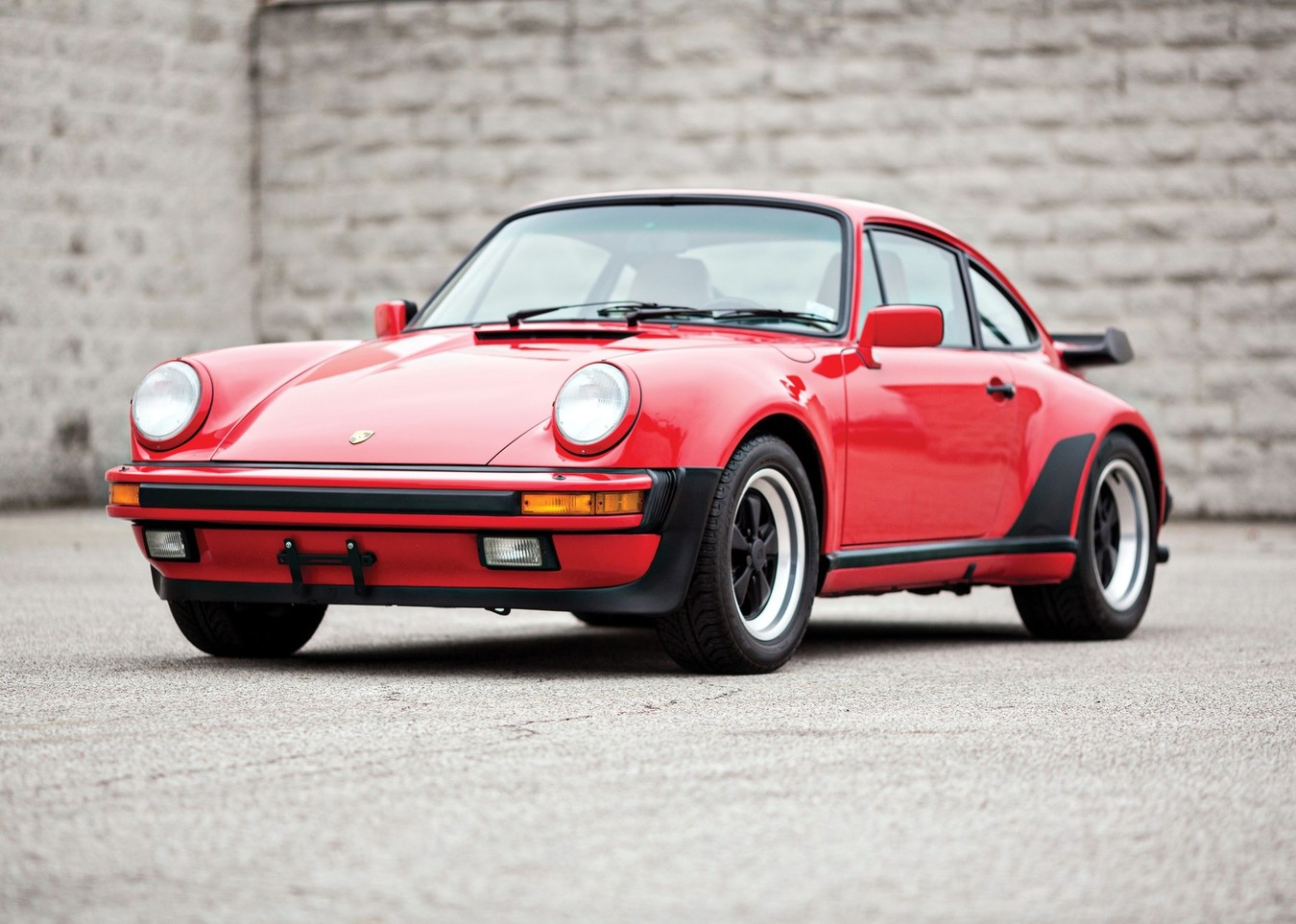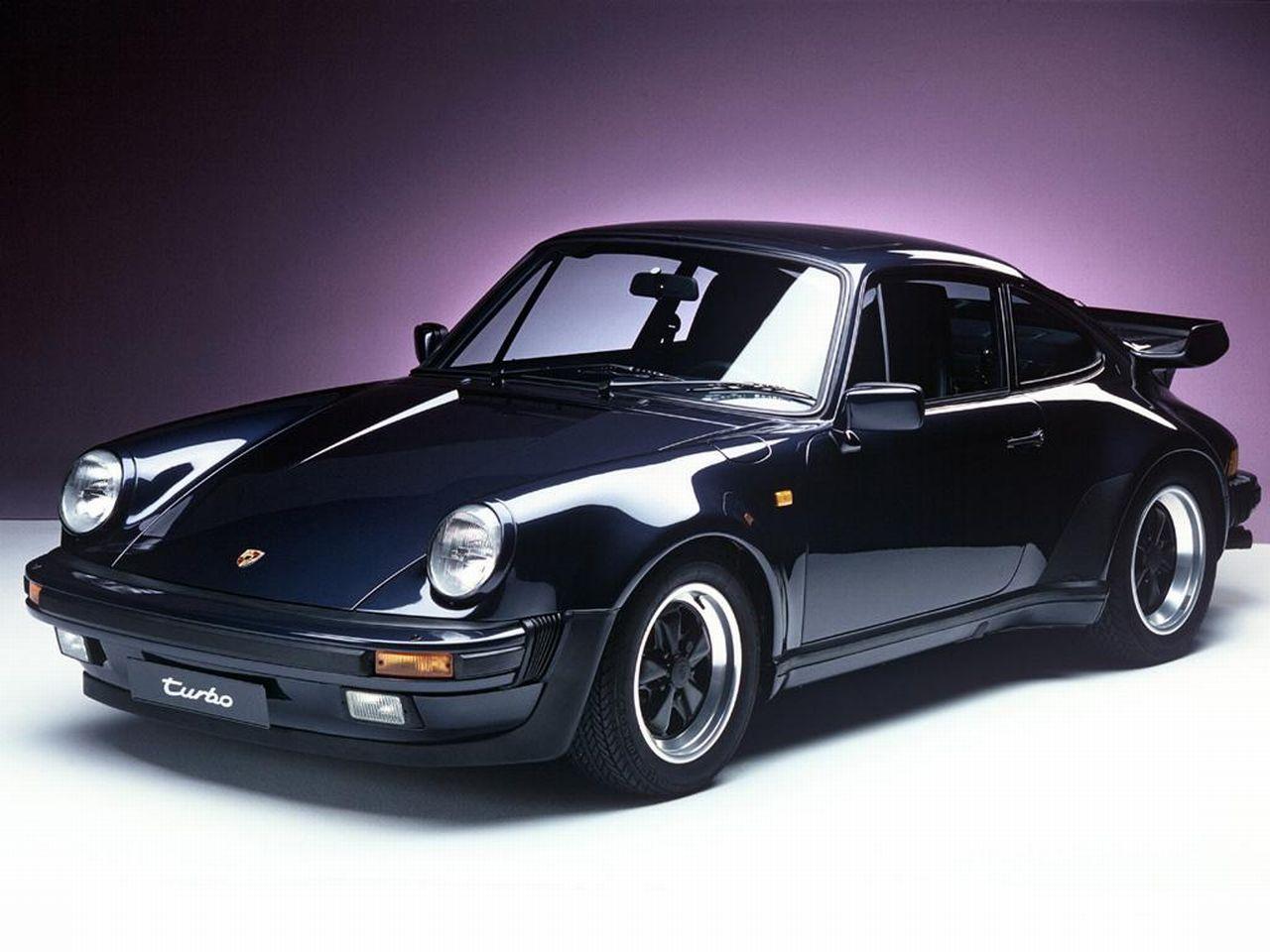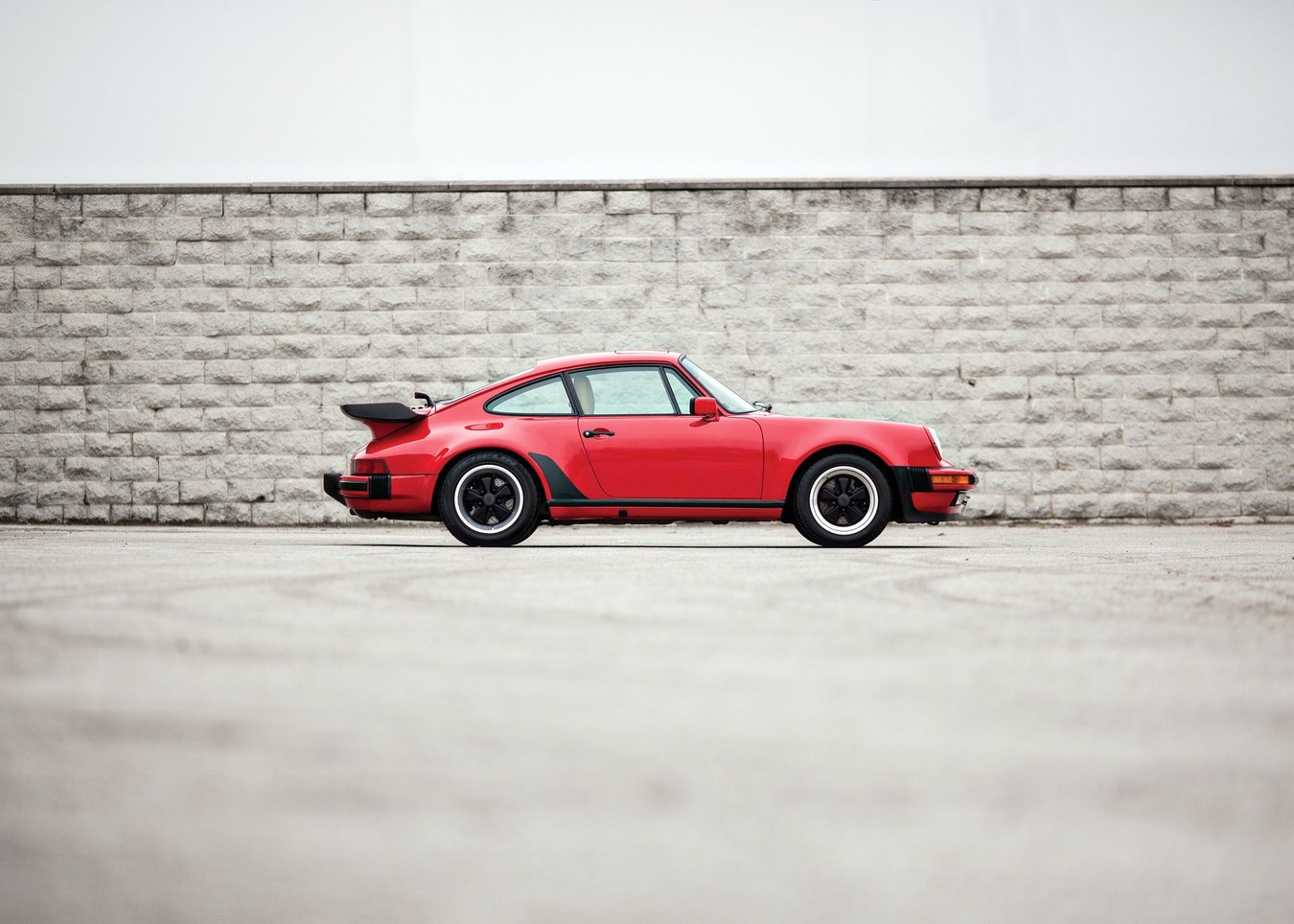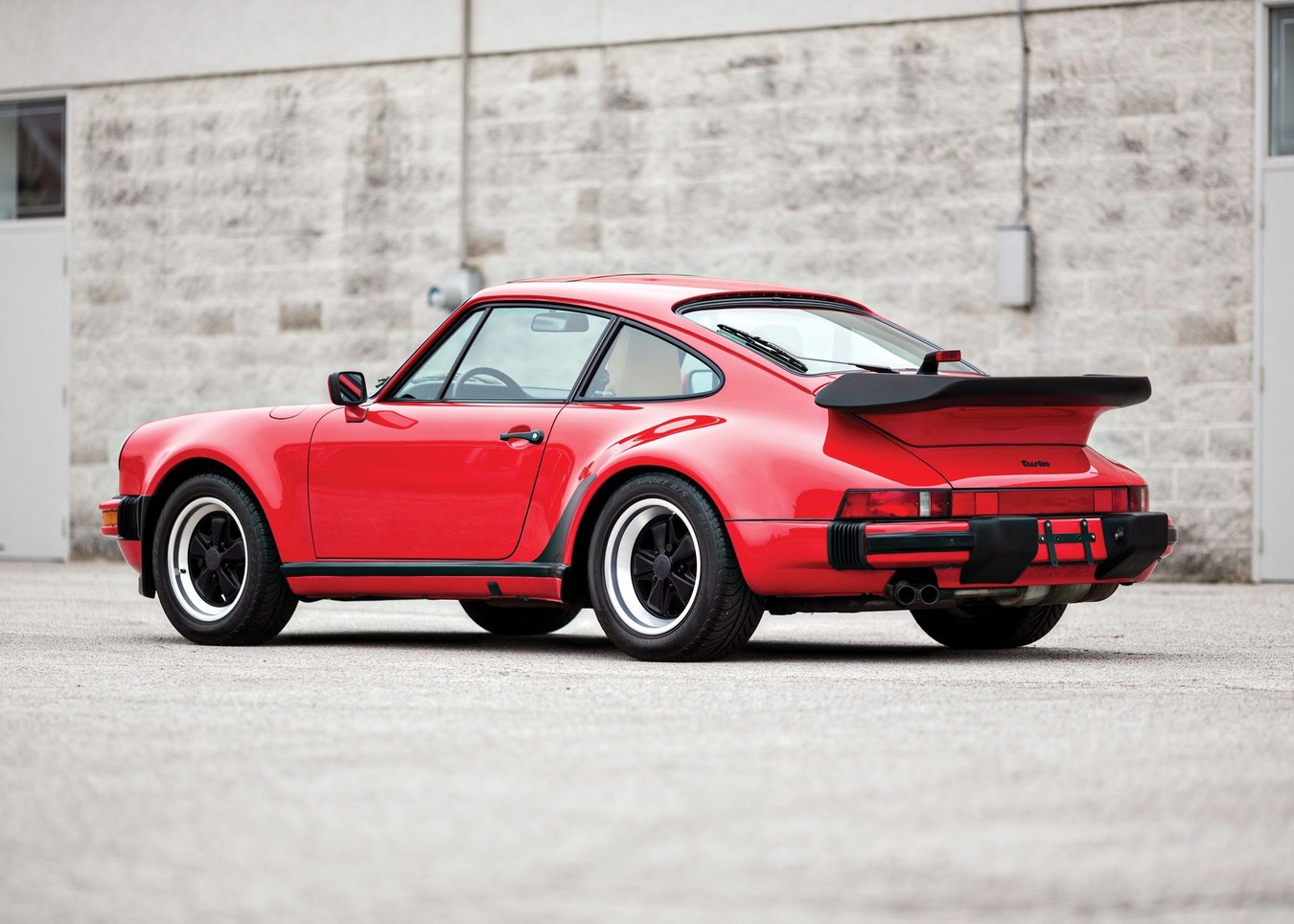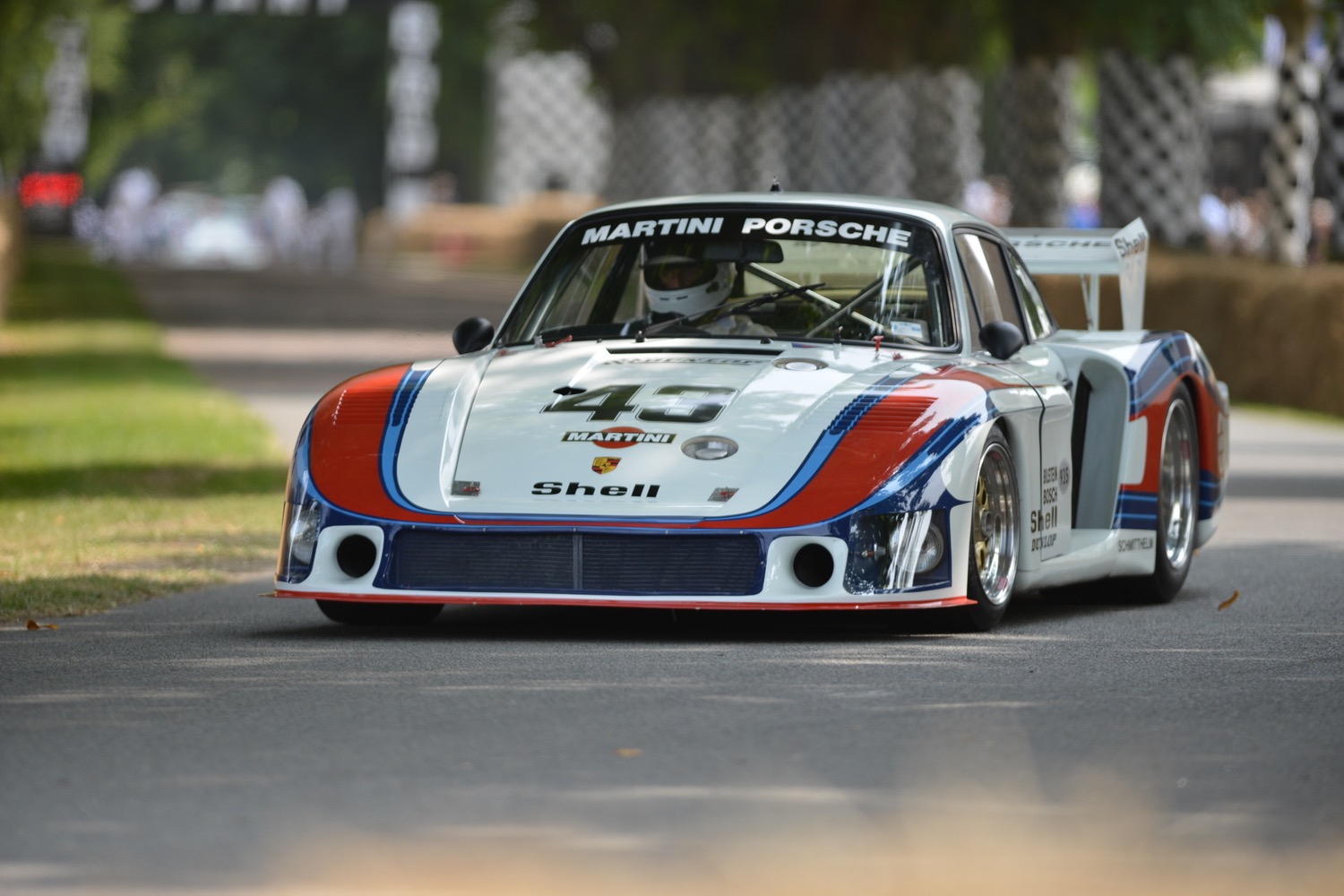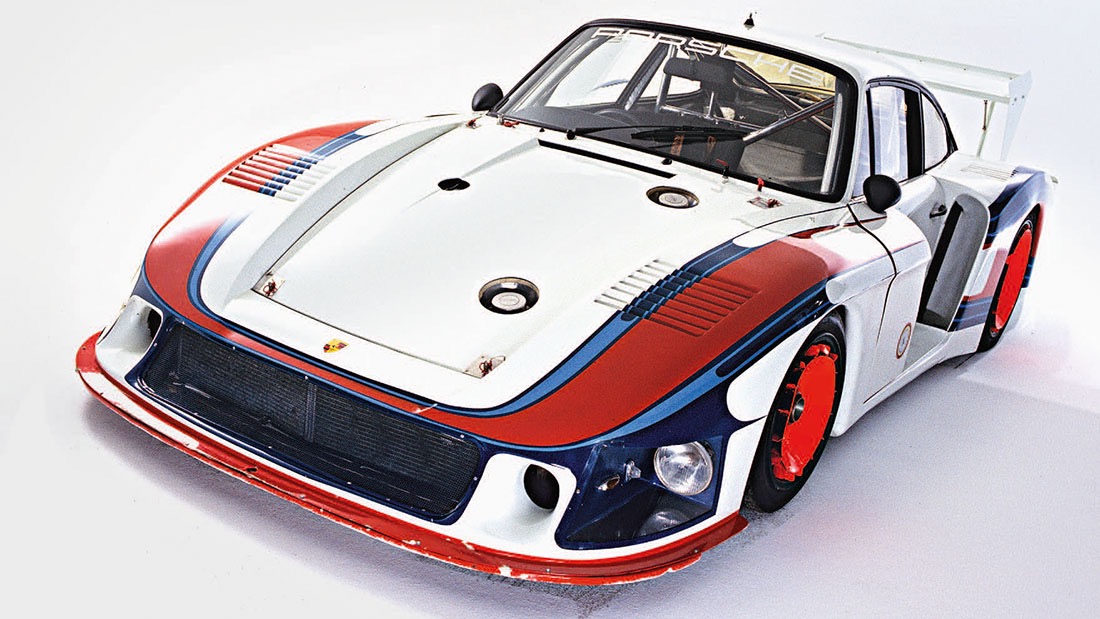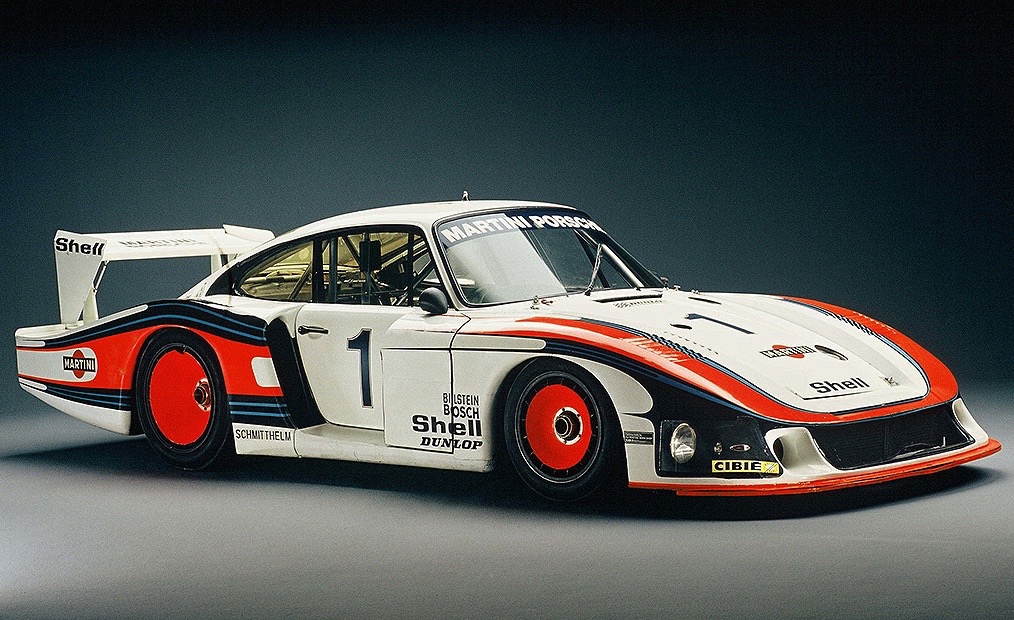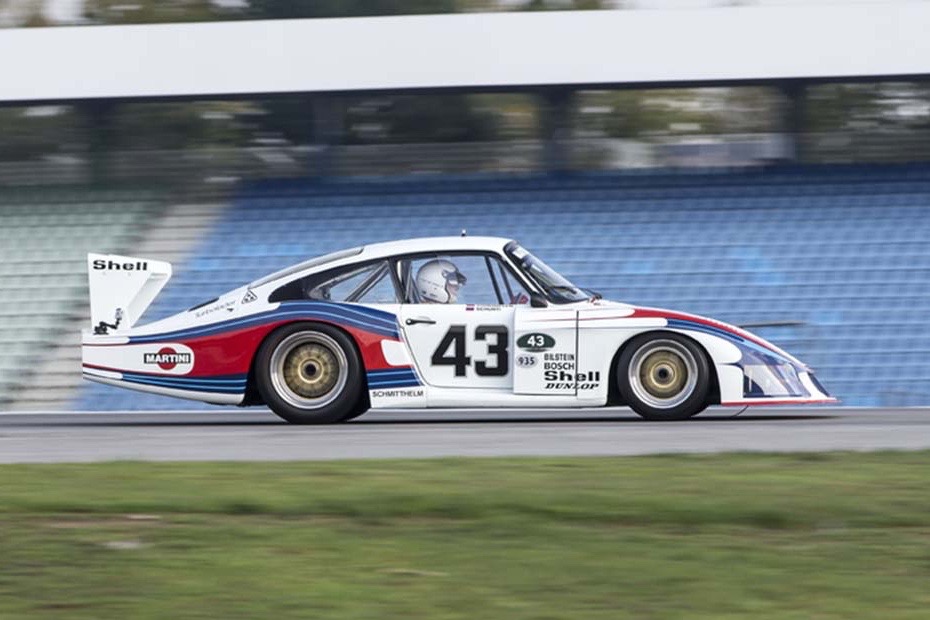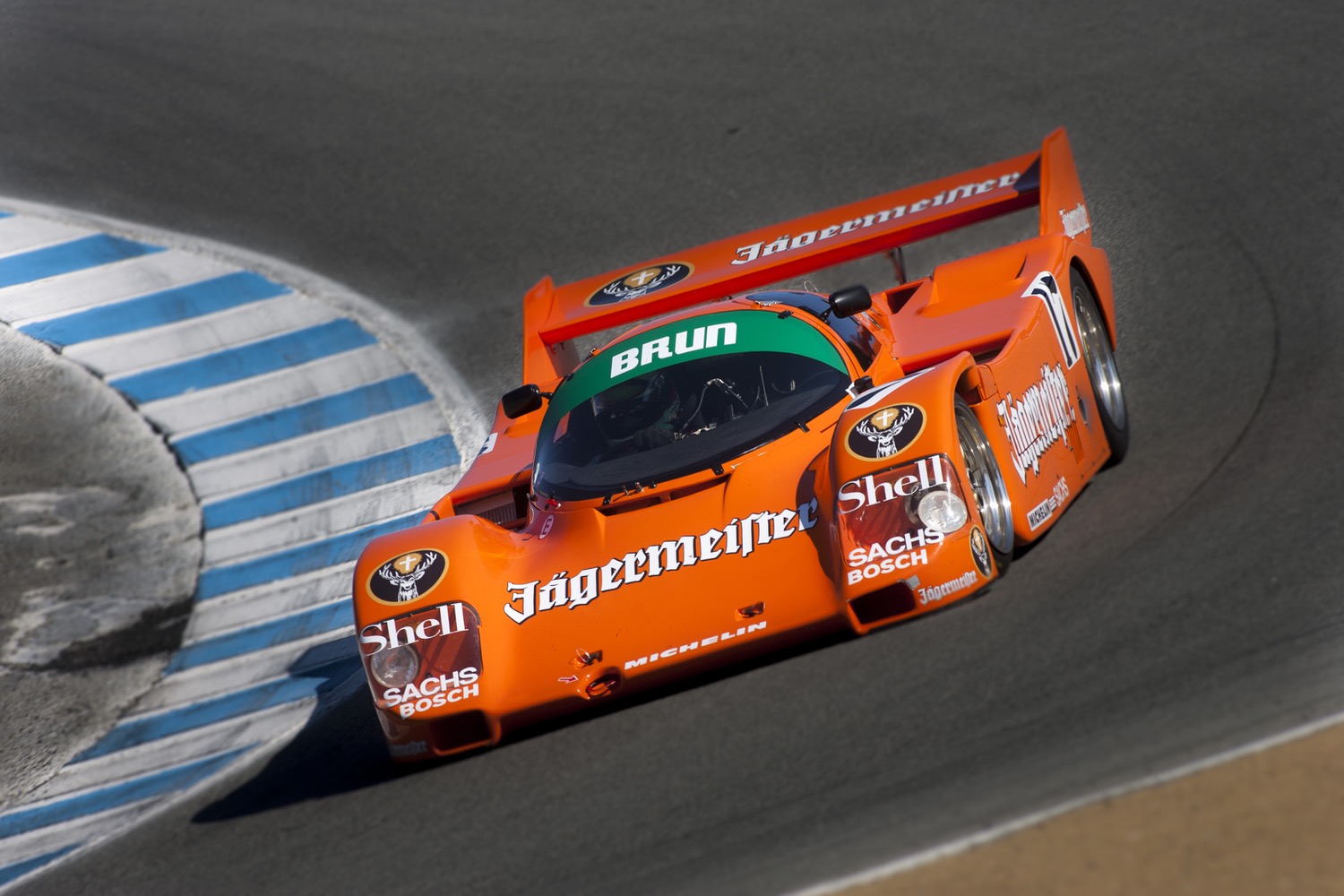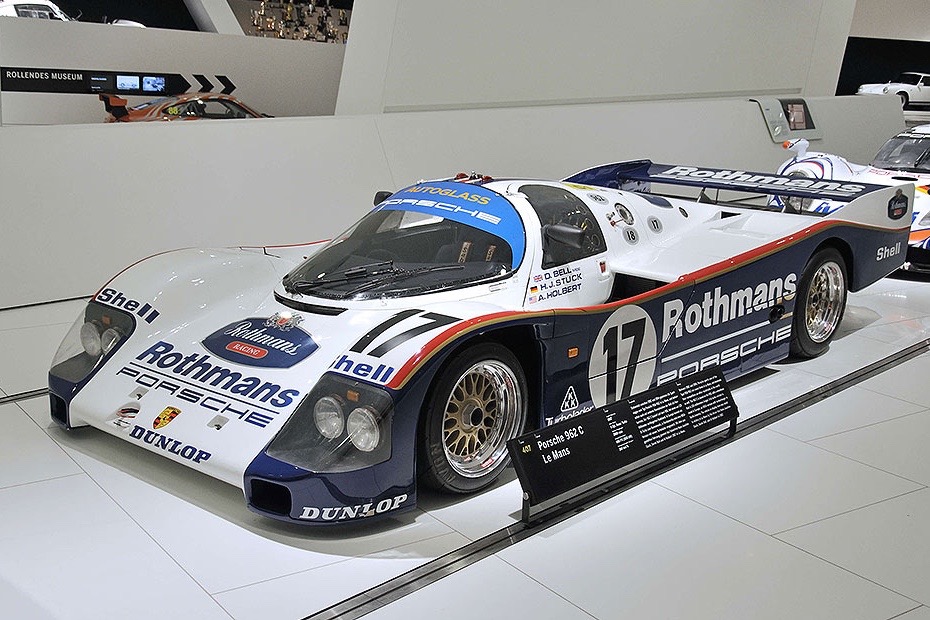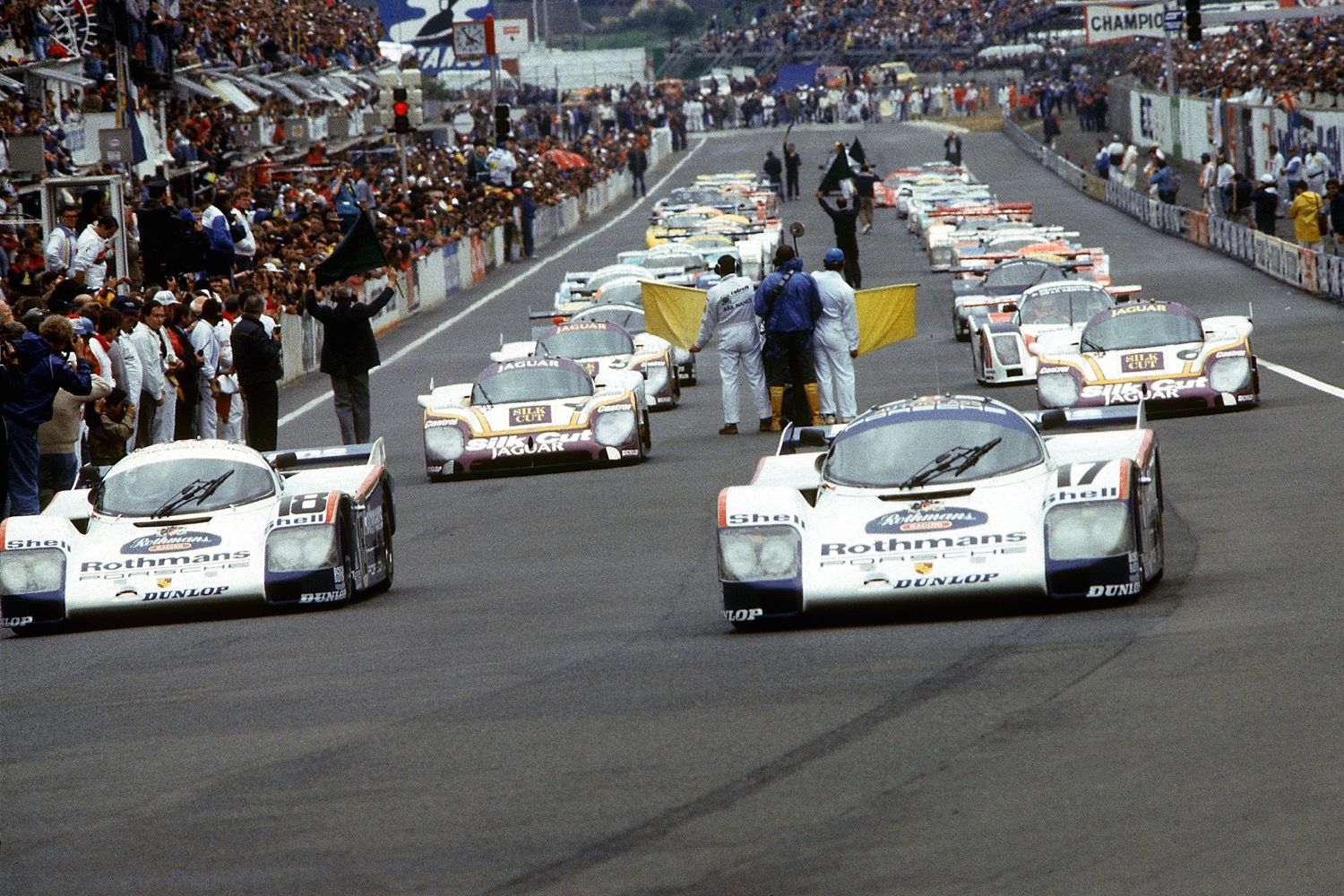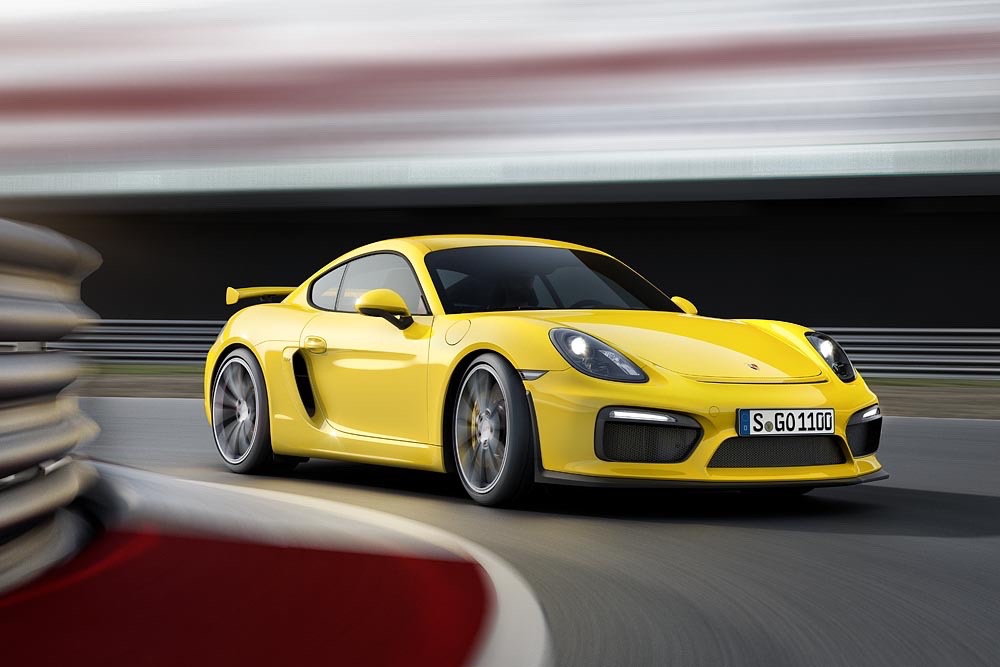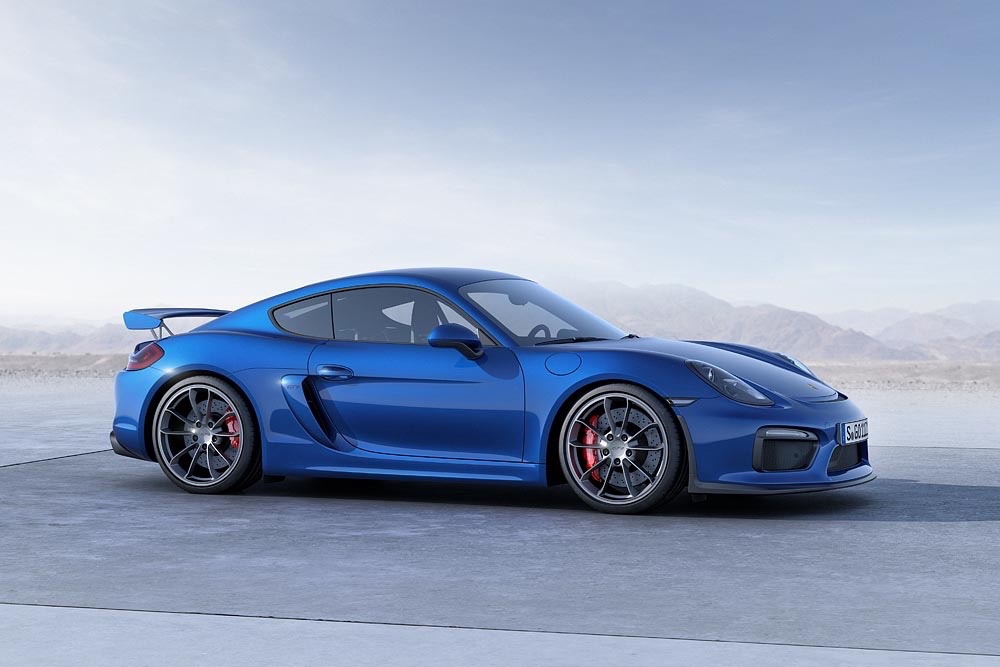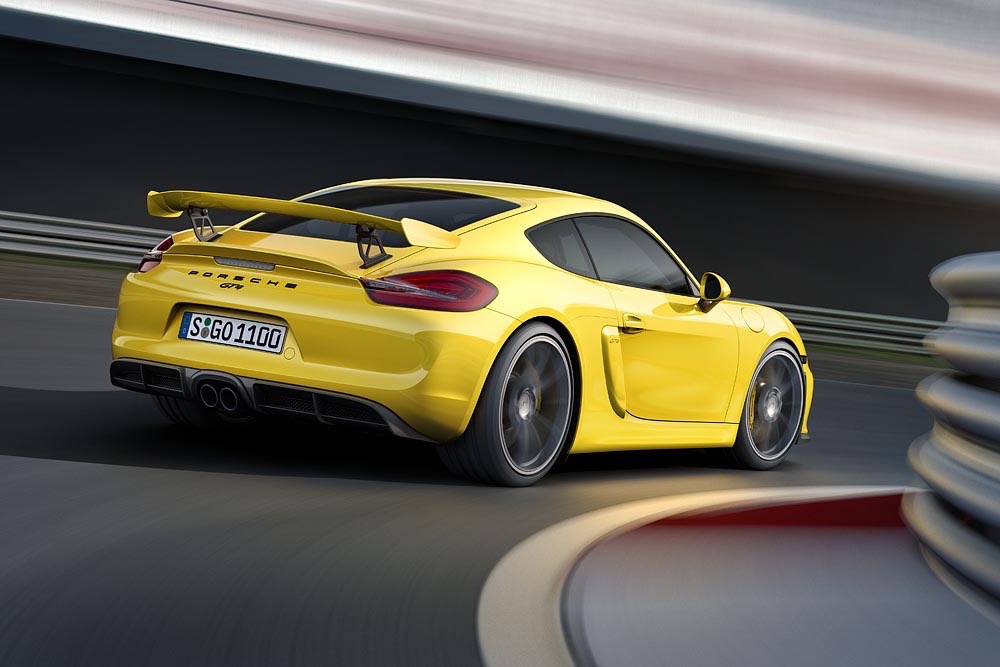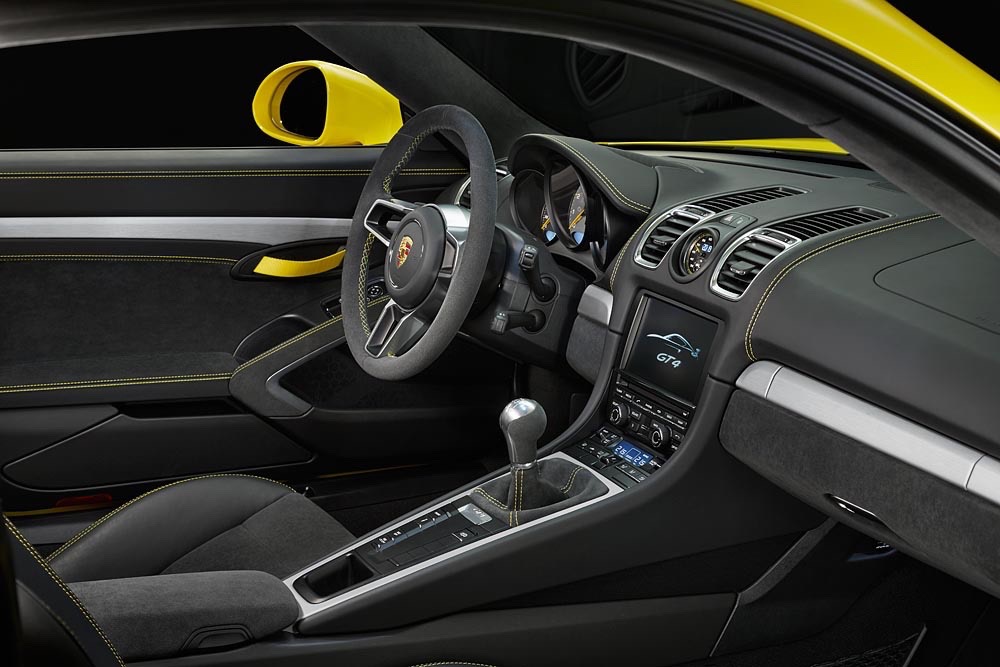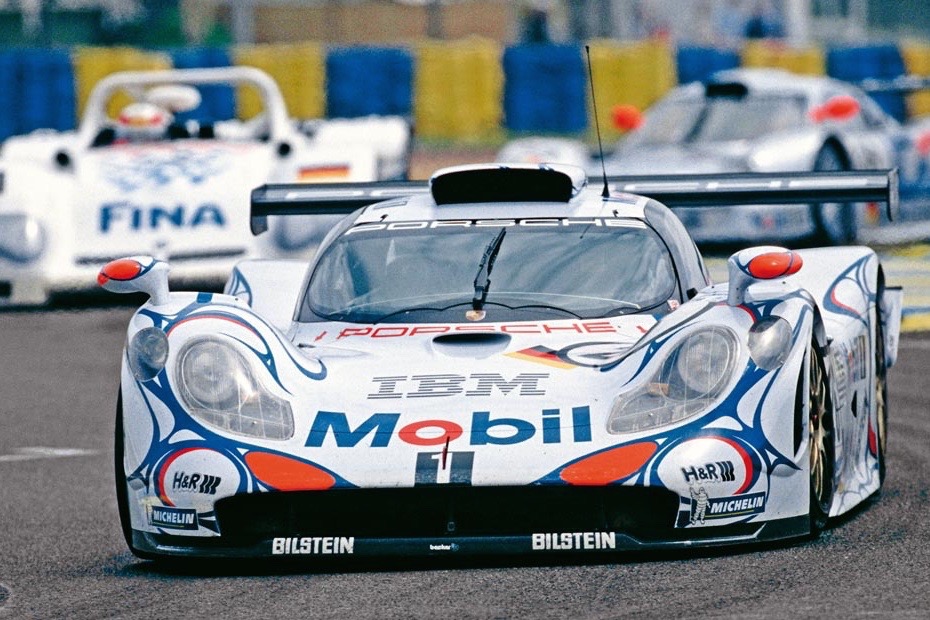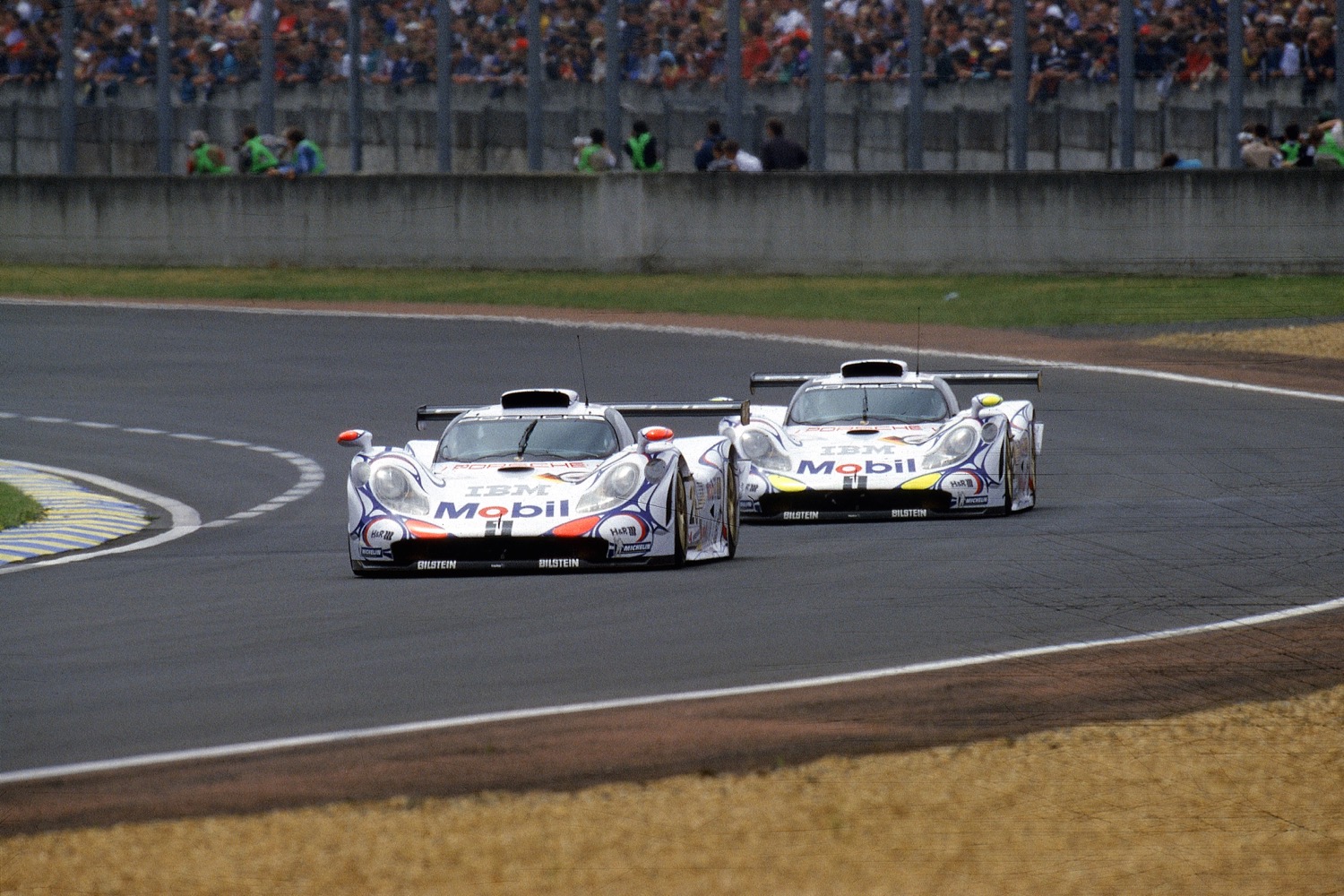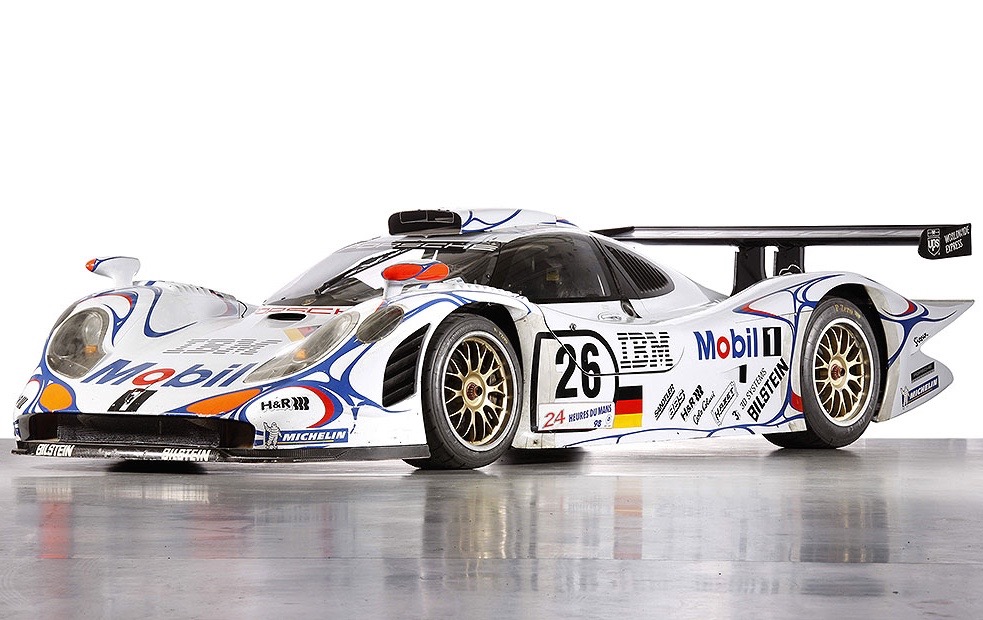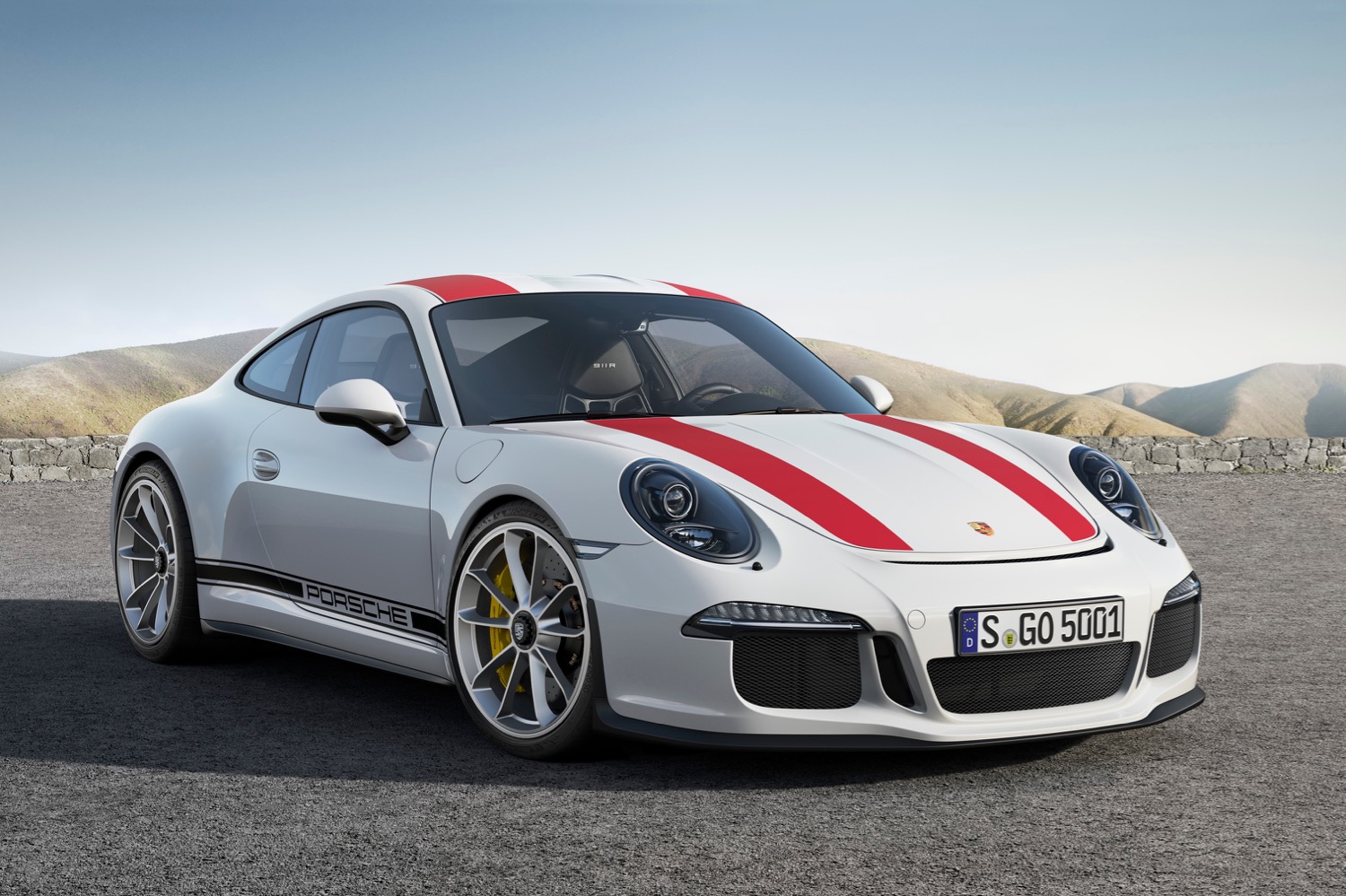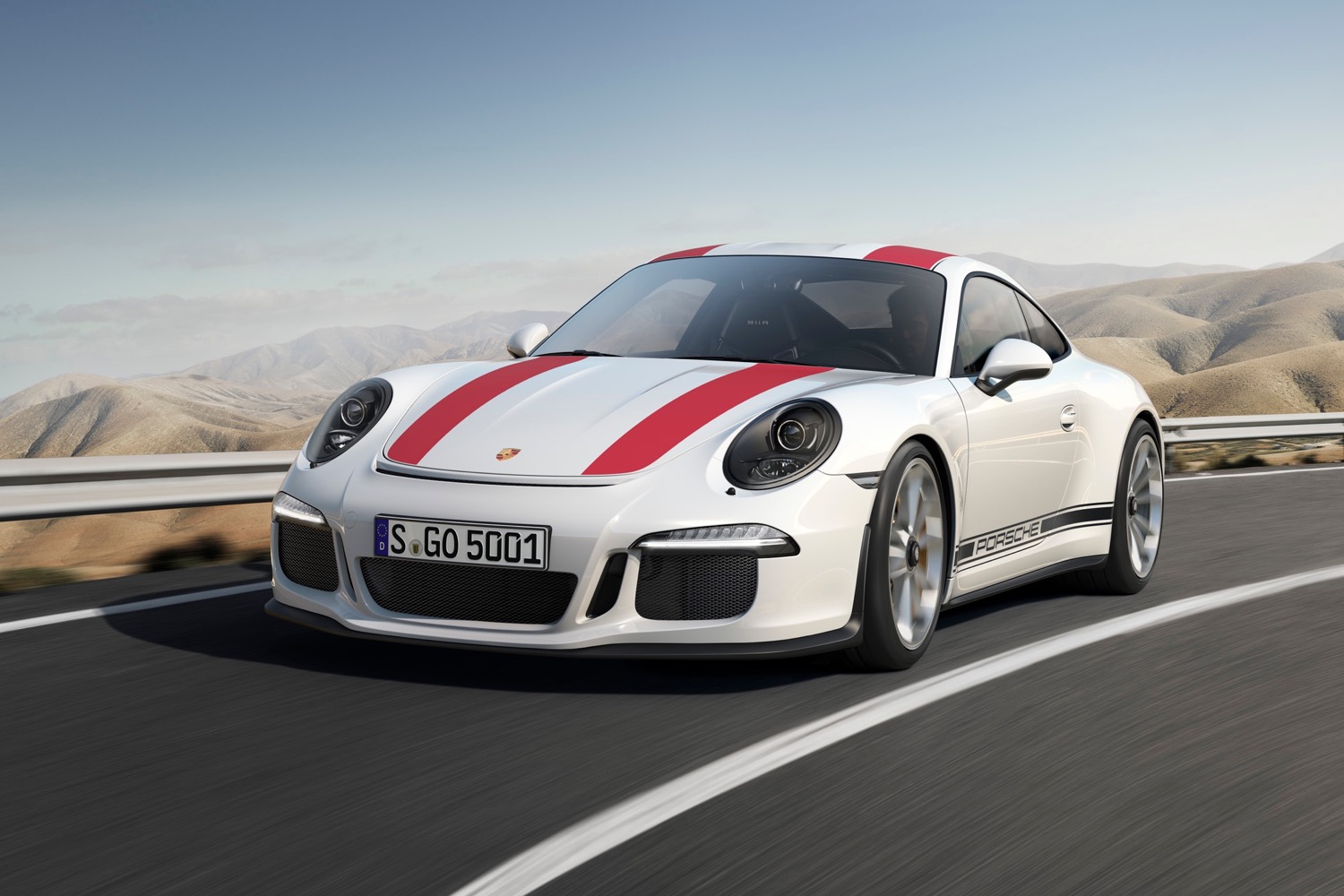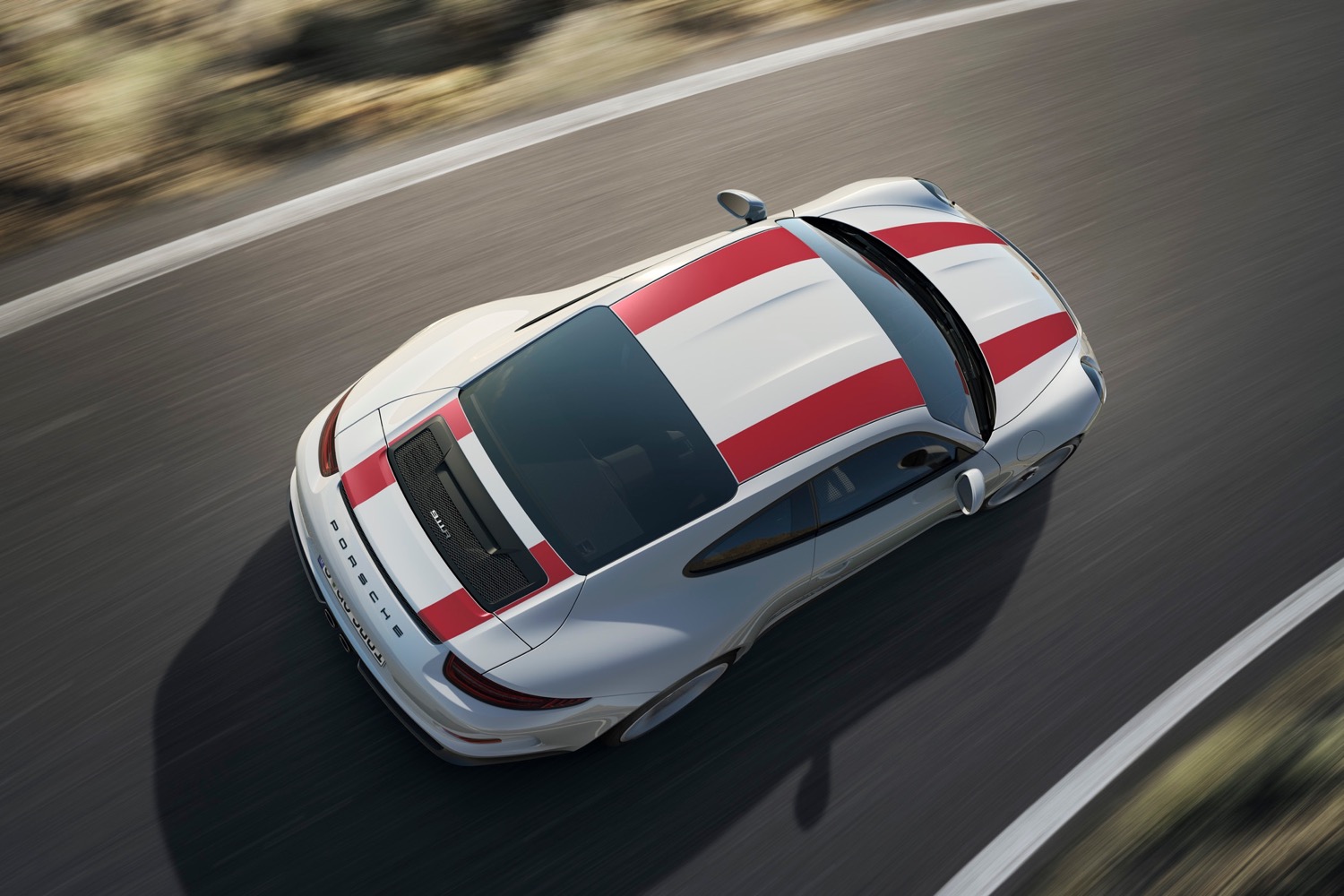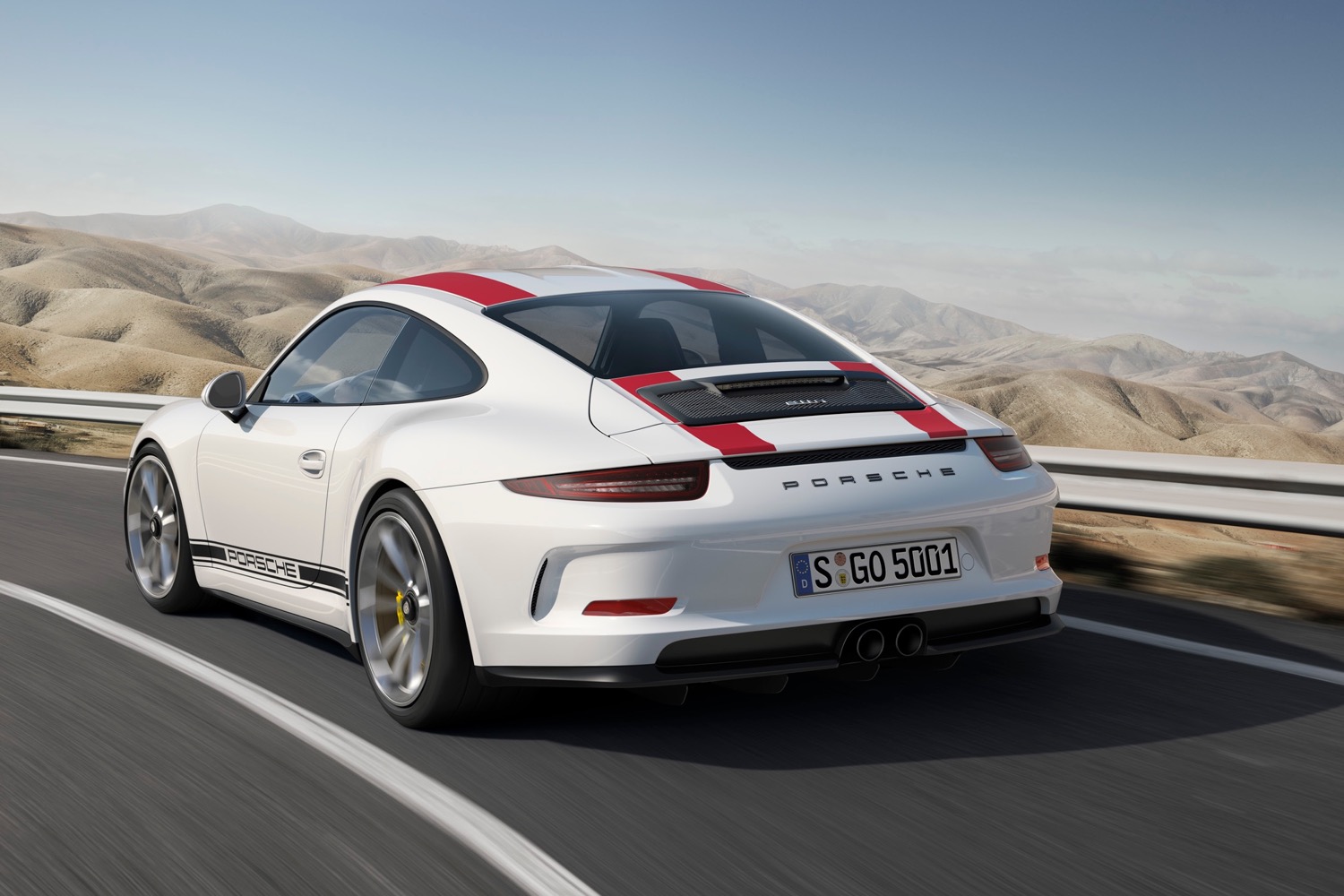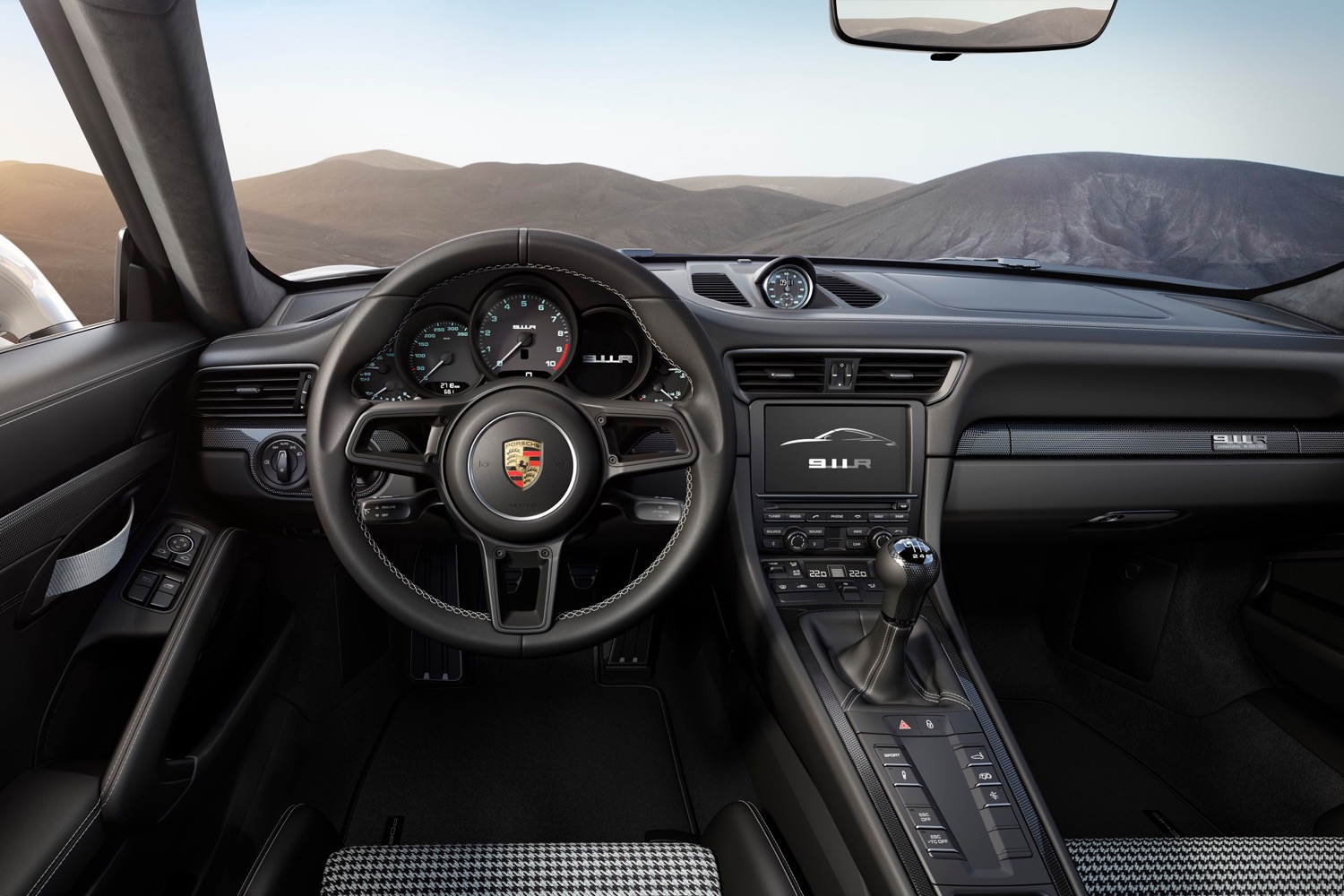Production models
Porsche 918 Spyder
The 918 Spyder is the most capable and technologically-impressive road car Porsche has ever put to pavement. The vehicle all but coined the term “hybrid hypercar” when it debuted at the 2010 Geneva Motor Show, two years before the McLaren P1 and three years before the indomitable LaFerrari burst on the scene.
In terms of performance, the 918 can do things few vehicles can. Its naturally aspirated 4.6-liter V8 works in concert with two electric motors to produce 887 horsepower and a staggering 944 pound-feet of torque. Flat out, the all-wheel drive hypercar will smash 60 mph in just 2.5 seconds, yet it remains controlled enough to lap the Nürburgring in 6:57. To this day, it’s the third-quickest production car to do so. Add in the 918’s amazingly-sculpted body and progressive hybrid tech, and you’re left with an awe-inspiring machine, a vehicular magnum opus that will truly stand the test of time.
Porsche 356
The 918 Spyder is a relatively new car, so for our next entry, let’s take it back to the beginning.
Porsche was founded in 1931 but didn’t actually release its first production vehicle until 1948, and that car was the 356. The 356 set the tone for Porsche in more ways than one, as it featured a rear-engine design in a pure, lightweight package. Sound familiar? The two-door established the template for style as well, as the 356’s “bathtub” design themes are still front and center on Porsches being sold today.
Multiple variants of the 356 were produced throughout its seven-year lifespan. The most revered is likely the 356 Speedster of the late 1950s, as its stripped-down format previewed future specialty models like the 911 GT3. The 356 is easily one of the most collectible Porsches ever.
Porsche 917
Porsche is one the most prolific race car manufacturers in history, and the 917 is one of the biggest reasons why. A purpose-built endurance machine, the 917 gave Porsche wins at Daytona, Monza, Spa, Brands Hatch, the Austria Ring, and Watkins Glen in 1970, and also scored Porsche its first overall victories at Le Mans in 1970 and 1971. Few racecars have a resume that can compete.
The 917’s potency came from its ultra light spaceframe chassis and incredible flat-12, which was actually the first 12-cylinder engine Porsche built. It initially produced 520 hp, but was later turbocharged and tuned for Can-Am racing to make well over 1,000 hp. That makes it one of the most powerful motor sport athletes of all time.
Just as iconic as its professional career was the car’s appearance in the 1971 film Le Mans, which starred none other than Steve McQueen. Several variants of the 917 enjoyed screen time in the movie, including one of the best-looking racers ever — the blue and orange Gulf-Porsche 917K.
Porsche 959
And now for something completely different. Porsche is primarily known for its dominance on tarmac, but the original 959 was made for the road less traveled. Essentially a jacked-up 911 with all-wheel drive, the 959 started off in life as a Group B rally car designed to conquer the Paris-Dakar rally. After a disappointing debut in 1985, Porsche proved it could get dirty by taking first and second place in 1986.
A production variant arrived soon after, and for its time, it was one of the most technologically-advanced cars in the world. Its all-wheel drive system performed incredibly well, in fact every 911 Turbo to come after it would feature four-wheel traction. In addition, the sports car wore magnesium wheels with run-flat tires, and its 450-hp flat-six engine introduced the brand to sequential turbocharging.
The 959 wasn’t just one of the most progressive sports cars of its time, it was also one of the most expensive. Each of the 300 examples sold for an incredible $225,000 — a lot of money in 1986 — but that was less than half what it cost Porsche to make the car. Today, they’ll fetch well over $1 million at auction.
Porsche 911 Carrera RS
One of the most highly-sought 911s ever, the 911 Carrera RS is an icon among icons. Designed built to meet motor sport homologation requirements, the “Rennsport” models were lighter, more powerful, and more focused than other 911s at the time, and the car’s styling reflected its thrill-seeking nature. Generally fitted with a spartan cabin, stiff suspension, and big brake kit, the 1973-1974 Carrera RS was a driver’s car through and through, which is partly why they’re almost impossible to find.
In the last decade, the 911 Carrera RS’ value has increased by an unbelievable 699 percent. According to the Telegraph, the Carrera RS 2.7 represents the best classic car investment over the past 10 years, as variants of the car have fetched nearly $2 million at auction. If there were a Mount Rushmore for classic sports cars, this thing would be on it.
Porsche 550 Spyder
The 550 Spyder was Porsche’s first purpose-built racecar, so the vehicle represents Porsche’s first steps in a long and storied journey through motor sports. It also saw Porsche rethink the Volkswagen Beetle’s rear-engine layout in favor of a rear mid-engine setup, one where the 550’s flat-four sat in front of the rear axle and transmission instead of behind them. This improved balance and agility tremendously but killed the back seat, much to the chagrin of exactly zero people.
Despite its impeccable performance and looks, the 550 Spyder has a bit of a troubled past. Perhaps the most famous example was James Dean’s “Little Bastard,” which the actor fatally crashed while on his way to a race in 1955. Today, the vehicle is one of the most common kit cars around.
Porsche Carrera GT
If you need an example of how much supercars have changed over the last 10 years, simply compare the 918 Spyder with its ancestor from 2005, the Carrera GT. Both cars are ungodly fast, but while the 918 offers a variety of operating modes, four-wheel steering, and all-wheel drive, the Carrera GT was raw. Fitted with rear-wheel drive, a manual gearbox, and no electronic stability control, the 605-hp GT made most 911s look tame, and it was something that demanded respect. Porsche was riding off the success of the 986 Boxster and Cayenne at the time, so the Carrera GT served as a reminder that Porsche could still build a hardcore driver’s car. And that it did.
It also made something incredibly beautiful, because the Carrera GT is one of the sexiest automobiles to ever wear a Porsche badge. It’s exotic, well-proportioned, and wonderfully sculpted right down to the rear engine vents and prominent spoiler, and it’d fit right in on a bedroom poster next to Ferraris and Lamborghinis. In 2004, the vehicle cost a whopping $448,000.
Porsche 986 Boxster
The Boxster is often knocked for being a watered-down version of the 911, but it’s actually one of most important cars the company has ever released. Put simply, Porsche might not be around if it weren’t for the 986 Boxster’s success in the late 1990s, because the company was facing serious financial troubles as the time.
Due to a recent recession and the poor sales of the 928, Porsche needed an influx of cash. To get it, the automaker combined the classic mid rear-engine layout of the 550 Spyder with a 911-style flat-six engine and called it the Boxster. The result? A spike in sales that put Porsche back in the green.
Without the Boxster, we’d have no Carrera GT, no 918 Spyder, no Cayman, and no 911 R, so we have a lot to thank Porsche’s entry-level model for.
Porsche 928
When the 928 debuted at the 1977 Geneva Motor Show, Porsche purists were appalled. Billed as a successor to the 911, the 928 was more of a grand tourer than an outright sports car, and to make matters worse, Porsche went and put the engine at the front. How dare they?!
History has been kinder to the vehicle than the community was initially though. Why? Because the 928 is secretly great. The car offered a level of comfort and splendor unavailable in any other Porsche at the time, and it actually had a usable back seat. Would it keep pace with a 911 around a track? Absolutely not, but that wasn’t the 928’s wheelhouse. This was the car you drove to the circuit while your Carrera RS 3.0 was in the trailer. And with a 316-hp V8 on board – the company’s first, by the way – you’d have plenty of fun doing it.
Porsche 930 911 Turbo
Porsche is the 911, and while the vehicle is still evolving, the addition of the turbocharger in 1975 may go down as the car’s biggest watershed moment. The addition of forced induction elevated the 911 to true supercar levels, as its boosted flat-six made 260 hp, almost 90 more than the standard Carrera. Yes, there were plenty of great 911s made before ’75, but the 930 — known to most as the 911 Turbo — offered a level of speed that was unheard of for the time.
As with many classic Porsches, the company’s first turbo street car was a white-knuckle experience. It had a very low margin of error in terms of traction, and developed a now-infamous tendency to oversteer on liftoff. Given the extreme potency of the Turbo’s right pedal, inexperienced drivers lifted off a lot, which caused the heavy tail to swing around and a reputation for rowdiness to arise.
To tell you the truth, we wouldn’t have it any other way.
Porsche 935
With its flat nose and cartoonish fender flares, the 935 is one of the most unusual-looking race cars ever to come out of the Porsche factory — but also one of the most effective. Between 1976 and 1984, the 935 dominated sports-car racing, helping to build the 911’s reputation as a serious performance vehicle.
Yes, underneath the crazy bodywork sits the basic chassis of a 911. Rules that went into effect in the mid 1970s allowed manufacturers to extensively modify the bodywork of production cars for racing, as the basic roof outline remained the same. This allowed Porsche engineers to create a more aerodynamic body, which was paired with a powerful, turbocharged engine.
The 935 bridged the gap between race cars based on production models and purpose-built prototype racers. That turned out to be a good niche, as the 935 racked up numerous class wins and victories, including an overall win at Le Mans. But the car’s iconic design — the most extreme version was nicknamed “Moby Dick” — probably made the biggest impression of all.
Porsche 956/962
In the decades prior to the introduction of the 956, Porsche steadily built up a reputation as a contender in racing. But this car turned it into a dominant force.
The 956 debuted in 1982, and subsequently evolved into the 962 largely so Porsche could race it in the North American IMSA series. The 956/962 racked up six of Porsche’s 19 Le Mans victories –seven if you count the win by a road-going version from German firm Dauer in 1994. Given it raced competitively for more than a decade, the 956/962 also had a remarkably long career.
In addition to being brutally effective on the track, the 956/962 is also one of Porsche’s most attractive race cars, and it represents an exciting era in motor sports history. In the 1980s, cars were faster than ever, but they weren’t defined by technology the way more modern race cars are.
Porsche Cayman GT4
With its mid-engine layout, hardtop body, and compact proportions, the Cayman has plenty of performance potential. Porsche has traditionally reigned in this “entry-level” model, however, in order to keep it from stepping on the toes of the 911. Thankfuly, Porsche finally let the Cayman fulfill its potential in 2015.
The Cayman GT4 was a limited-edition, hardcore performance model that made the most of the Cayman platform. Porsche equipped it with choice bits from various 911 models, including a 385-hp, 3.8-liter flat-six engine from the Carrera S, and suspension and brake components from the GT3.
The result was a Cayman purely focused on driving, and the kind of car enthusiasts had wanted Porsche to build since the Cayman first appeared. It was also a fitting swan song for the naturally-aspirated six-cylinder Cayman ahead of the introduction of the turbocharged four-cylinder 718 series.
Porsche 911 GT1
Before the Carrera GT propelled Porsche into the world of mid-engine supercars, and before the 919 Hybrid inaugurated a new era of Le Mans success, there was the 911 GT1. As both a hyper-exotic supercar and a Le Mans-winning race car, it was like nothing else Porsche had ever built.
Few cars live up to the cliché descriptor “race car for the road,” but the 911 GT1 is one of them. In an era when the line between race cars and road-going supercars was more blurred than ever, Porsche decided to simply build a race car and sanitize it for the road.
The result was the 911 GT1, which, despite its name, had more in common with Porsche’s 962 race car than the 911. Unleashed in 1996, the 911 GT1 was the most extreme road car Porsche had ever built, at least until the Carrera GT came along. Its 1998 Le Mans win was also Porsche’s last for 17 years.
Porsche 911 R
Like any other automaker, Porsche has to consider the needs of a wide variety of customers. But sometimes it produces a love letter aimed at its most hardcore fans.
Packing a 4.0-liter naturally-aspirated flat-six engine, a six-speed manual transmission, and a minimum of electronic aids, the 911 R had all of the ingredients for the ultimate driving enthusiast’s Porsche. The performance figures were pretty astounding, too: 0 to 60 mph in 3.7 seconds, and a top speed of 200 mph. It also eats hill climbs for breakfast.
The only downside to the 911 R was its limited production run; the car was only available in 2016. But the positive response the R generated seems to have had an impact on Porsche. As part of a recent update, it restored the 911 GT3’s manual transmission.
Concepts
Porsche 597 Jagdwagen

Porsche’s first off-roader wasn’t the original Cayenne; it was the 597 Jagdwagen. 597 is the internal designation given to the project while Jagdwagen means “hunting car” in German. Porsche developed the car in the early 1950s after the West German army asked the nation’s automakers to present Jeep-like prototypes that were capable, maneuverable, reliable, and above all affordable. The winner would receive a lucrative production contract.
The Jadgwagen used an air-cooled, rear-mounted flat-four engine sourced from the 356. The engine sent about 50 hp to the four wheels via a shift-on-the-fly four-wheel drive system designed in-house. The West German government evaluated the car but decided not to select Porsche’s design because it was too expensive to build. Officials also doubted the small, Stuttgart-based brand could ramp up production in time. The army instead awarded its contract to the DKW Munga. Porsche considered selling the model to the public but it canned those plans after building fewer than 50 examples.
Porsche 928 H50

The Panamera Sport Turismo introduced last year was a long time in the making. While Porsche isn’t known for making station wagons, the Sport Turismo meanders through time as it traces its roots back to the 928 H50, a sporty four-door model built in 1987. Porsche extended the 928’s wheelbase to give the passengers riding in the back more space. They also added a set of suicide rear doors similar to the Mazda RX-8’s to make accessing the rear seats easier.
Porsche seriously considered building this car. The prototype clocked 5,000 miles of real-world testing before engineers in charge of the project decided it didn’t drive like a Porsche should. It hibernated in the company’s warehouse, well out of the public’s eye, until Porsche finally decided to show it to the public in 2012.
Porsche 989

As the Panamera’s most direct ancestor, the 989 shows another facet of Porsche’s history. It was built in 1988 when sales of the company’s sports cars were sliding and financial issues loomed on the horizon. Executives believed a sedan would jump-start the business by bringing new buyers into showrooms and convincing existing owners to add another Porsche to their stable.
The 979 looked a lot like a 911 but it sat on a front-engine, rear-wheel drive platform. It wasn’t envisioned with a flat-six, either. The engine bay was home to a brand-new V8 engine derived from the one sister company Audi was using at the time. Porsche tested the engine in a mule based on the Mercedes-Benz w124. Executives were serious about launching the 989, they even mooted a mid-1990s release date, but financial issues killed the project. Porsche didn’t dabble in the sedan segment until the first-generation Panamera made its debut in 2009.
Porsche Panamericana

The 1989 Panamericana concept illustrated one of the paths Porsche could take as it examined ways to renew the 911. Starting with a 911 Carrera 4, engineers working on the project designed a futuristic-looking body that blurred the line between sports car and dune buggy. The panels were made out of composite materials like carbon fiber in order to keep weight in check.
While the Panamericana was merely a design study, some of the designers involved in the project asked Porsche decisionmakers to consider launching the model as a limited-edition model. The rationale was that it wouldn’t be too expensive to build because, mechanically, it used a lot of off-the-shelf parts. Porsche considered it, but financial issues prevented them from experimenting with low-volume models.
Porsche Mission E

The Mission E represents a brand-new type of Porsche, one that’s fully electric, connected, and high-tech. Sounds sacrilegious? Don’t worry; Porsche assures us it has what it takes to build such a car without diluting its core brand values. The concept made its debut at the 2015 edition of the Frankfurt Auto Show and the production model will arrive in showrooms before the turn of the decade.
We know the Mission E’s design won’t change much as it transitions from a concept to a production model. Early reports suggest that, at launch, Porsche will offer three variants rated at 400, 536, and 670 hp, respectively. Pricing will start in the vicinity of $75,000, which places the Mission E on the turf occupied by the Tesla Model S. Should Tesla be worried? Time will tell.
Update: We’ve added five concepts to the list.
